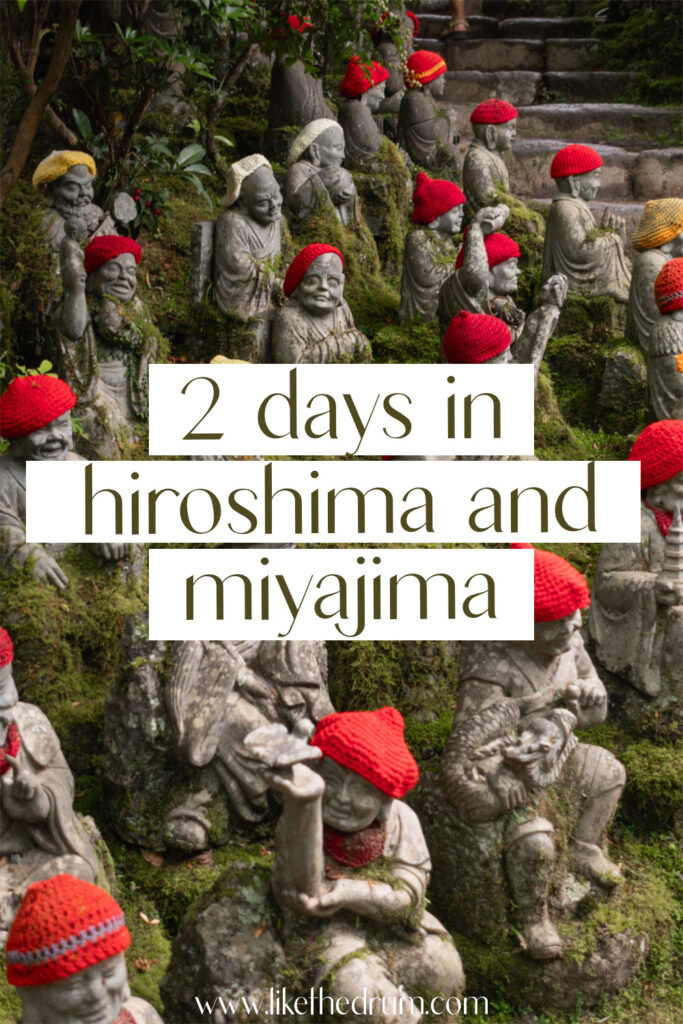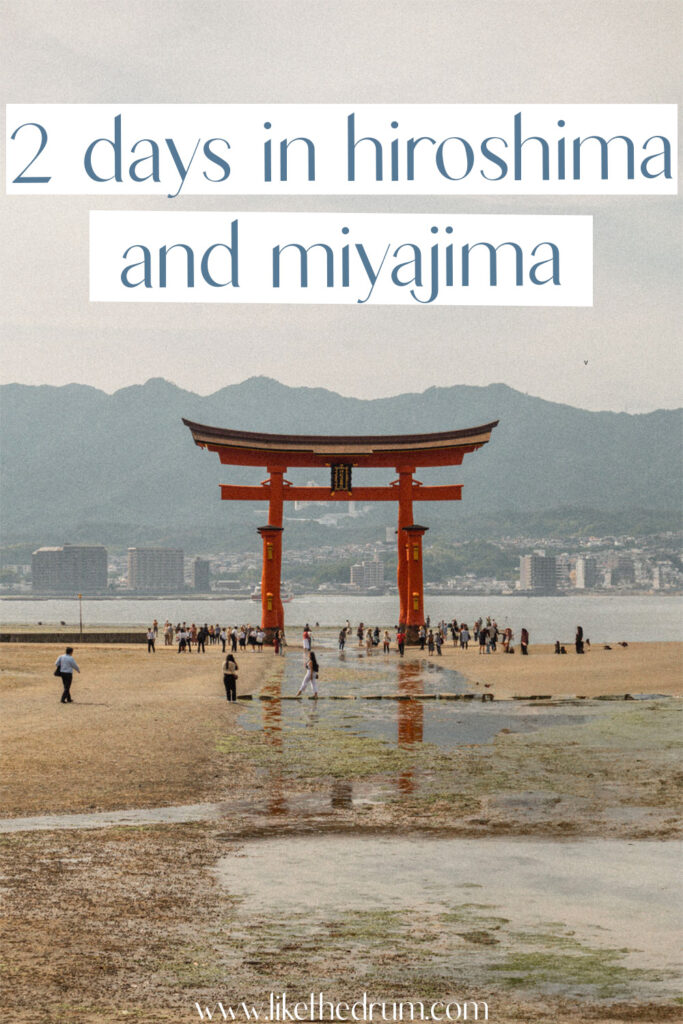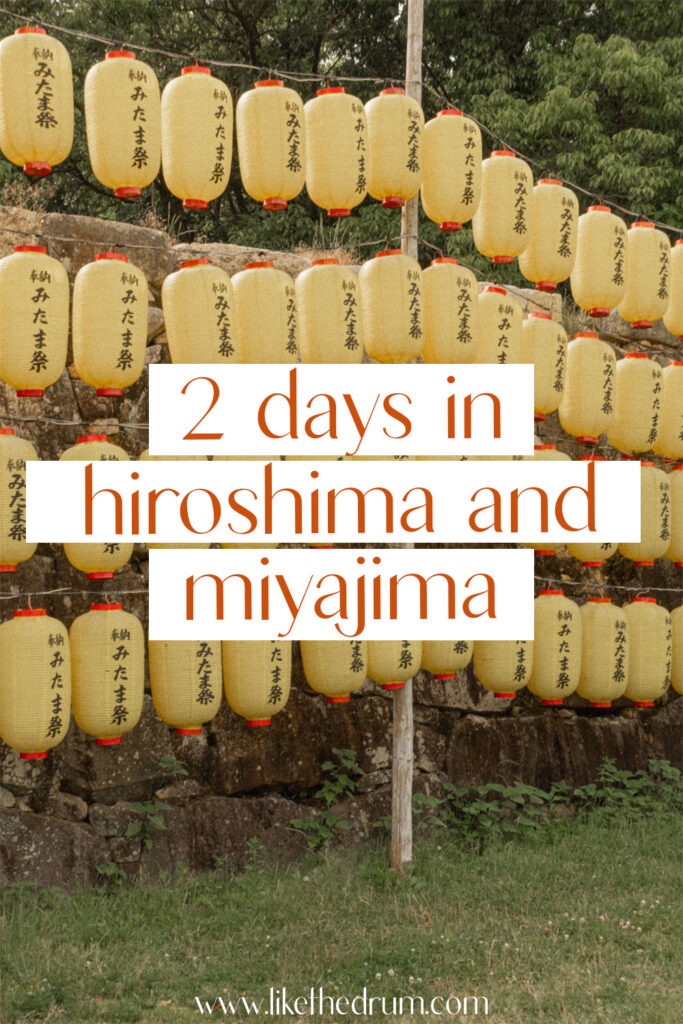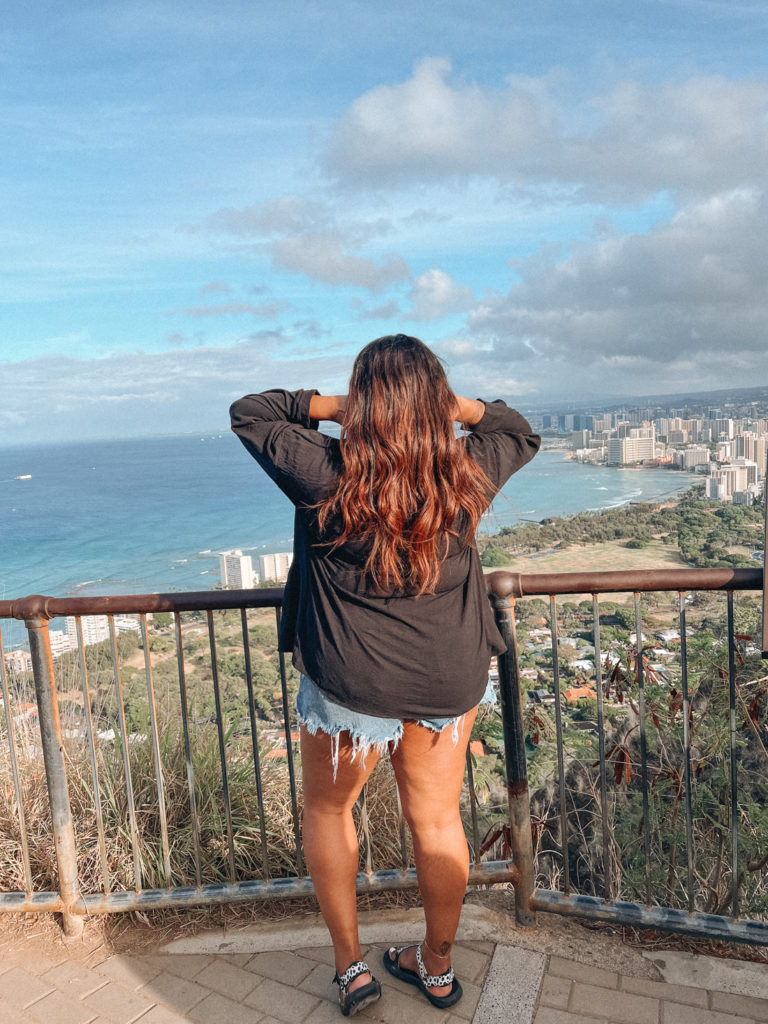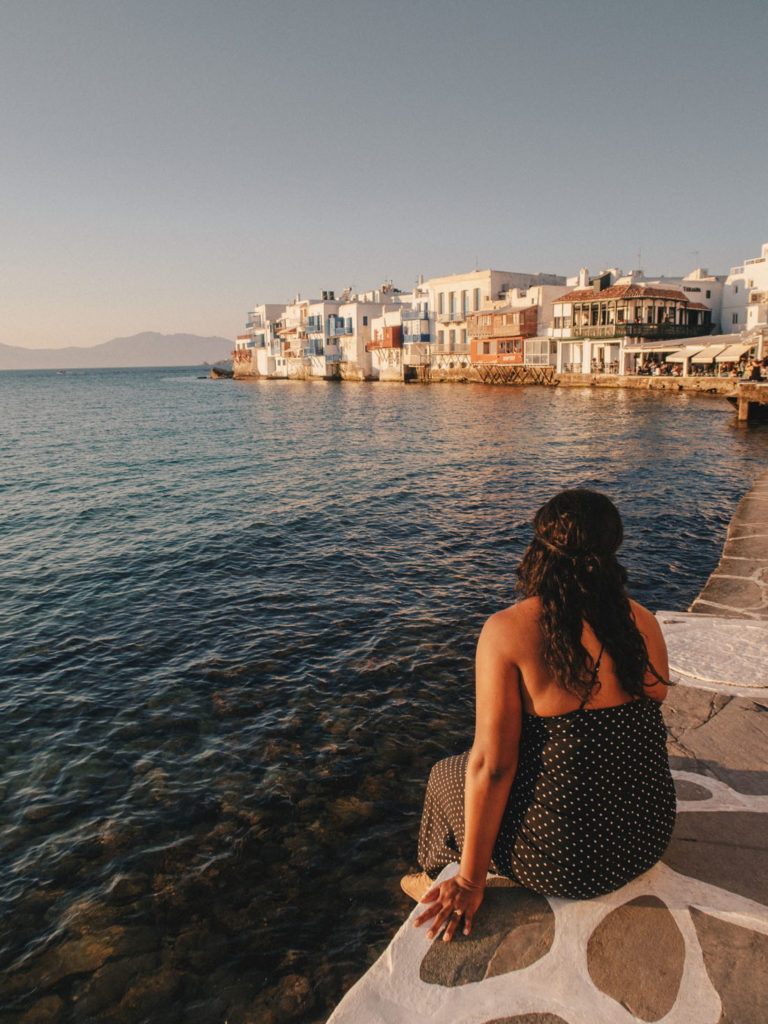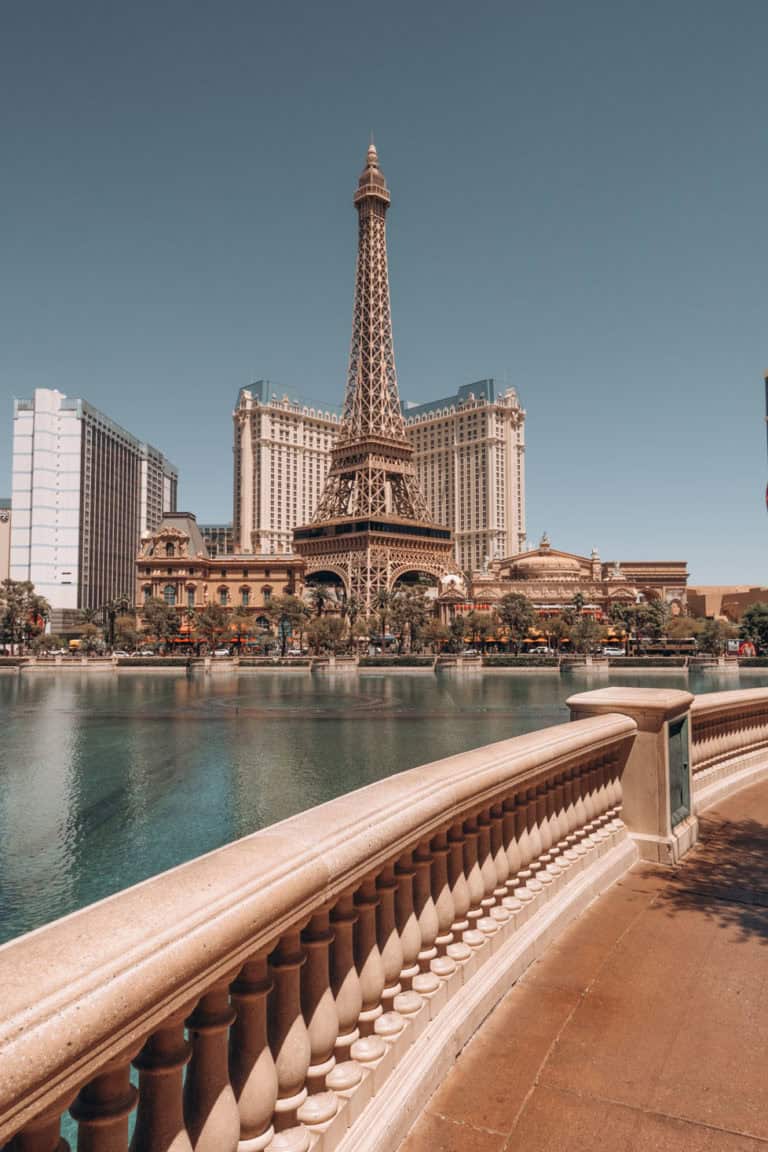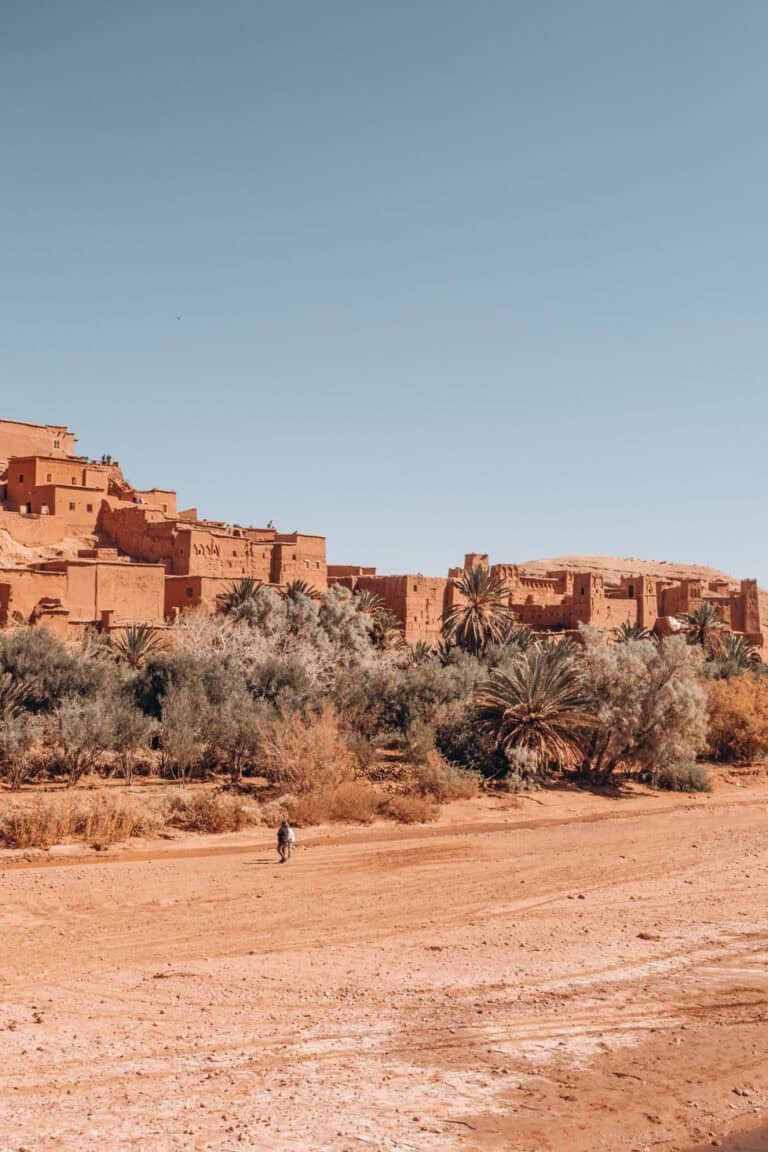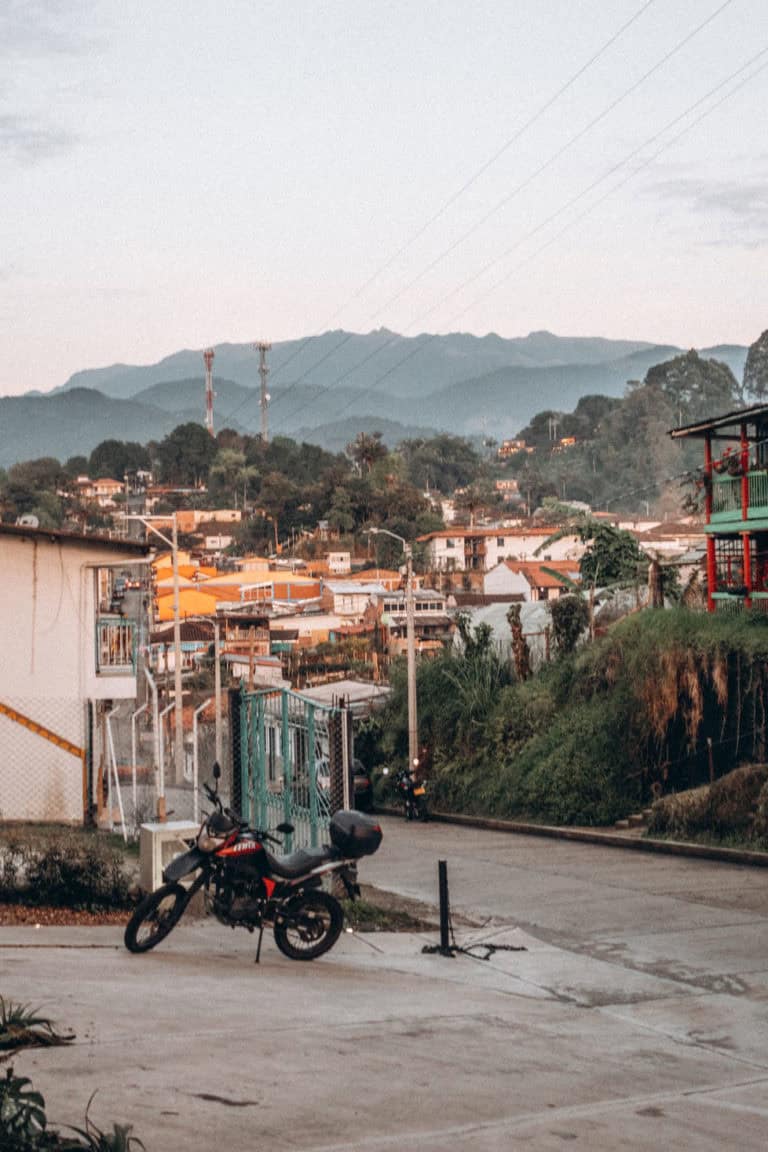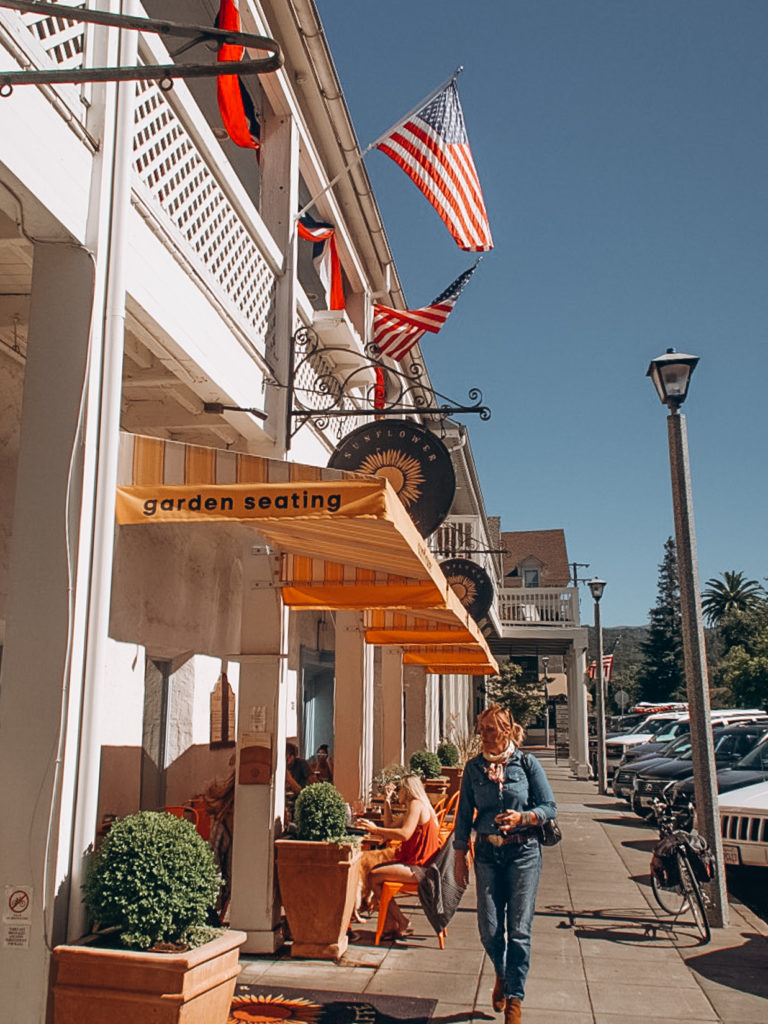The Best 2-Day Hiroshima and Miyajima Itinerary
Planning a trip to Hiroshima and Miyajima? This 2-day itinerary is designed to help you make the most of your time in these two amazing destinations. From Hiroshima’s historical sights and monuments to Miyajima enchanting natural beauty, I’m sharing all the details you need to plan a wonderful trip!
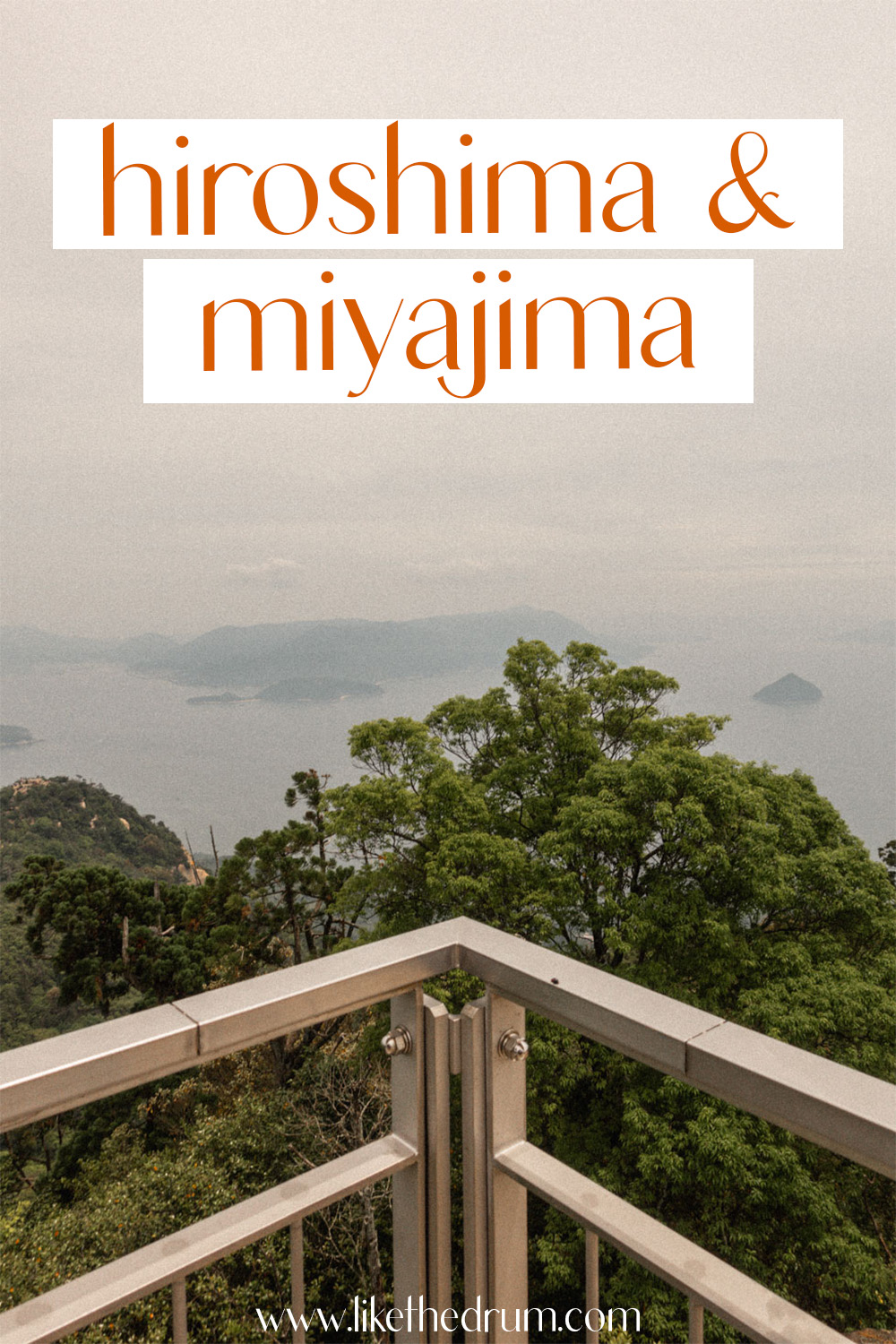
Hiroshima and Miyajima Quick Facts
Language(s): Japanese (English is commonly spoken in tourist areas)
Credit Card vs Cash: Mastercards and Visas are widely accepted in hotels, major restaurants, and larger stores. Cash (Japanese Yen) is necessary for markets and small shops and restaurants.
Major Airport(s): Hiroshima Airport (HIJ)
Plug Type: Japan uses plug types A and B. The standard voltage is 110v with a 50/60Hz frequency. The US also uses type A and B plugs, however type A plugs are more prevalent in Japan. I recommend these adapters in case you have type B products which require the grounding pin hole or this world adapter.
Safety: Hiroshima has a low crime rate and is safe by both Japanese and international standards.
Best Time to Visit Hiroshima and Miyajima
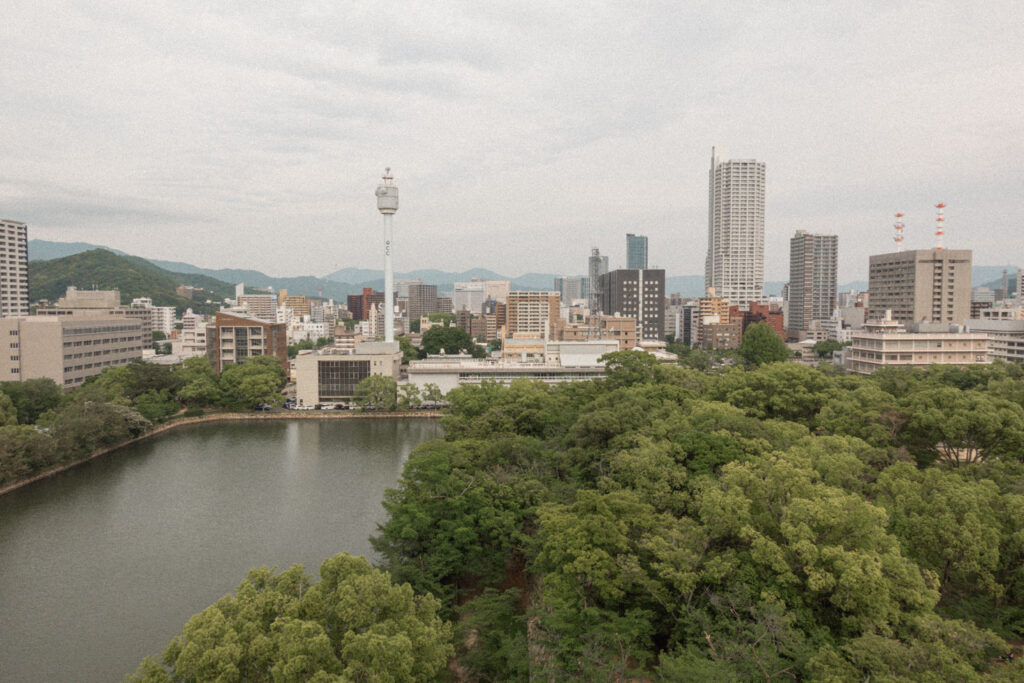
The best time to visit Hiroshima and Miyajima is in the spring (March to May) or in the fall (September to November).
The weather in the spring time is mild and perfect for sightseeing. Also, if you visit late March to early April, you can also potentially experience the beautiful cherry blossoms in Hiroshima Peace Memorial Park.
In the fall, the weather remains pleasant and Miyajima’s Mt. Misen becomes a great place to see fall foliage.
2 Days in Hiroshima and Miyajima Itinerary: Overview
Day 1
- Obscura Coffee Roasters
- Mitaki-dera Temple Gem of Hiroshima
- Hiroshima Castle
- Atomic Bomb Dome
- Children’s Peace Monument
- Peace Memorial Park
- Hondori Shopping Street
Day 2
- Miyajima Coffee
- Miyajima Ropeway
- Mount Misen Observatory
- Daisho-in Temple
- Miyajima Omotesando
- Miyajima Itsuki Coffee
- Floating Torii Gate
- Itsukushima Shrine
- Miyajima Hanayashiki
Hiroshima and Miyajima Itinerary Map
2 Days in Hiroshima and Miyajima Itinerary: The Breakdown
Day 1 – Hiroshima
Obscura Coffee Roasters
Start off your time in Hiroshima with a delicious coffee from Obscura Coffee Roasters. This cozy, minimalistic coffee shop sources high-quality beans from around the world and utilizes a variety of methods to brew them to perfection.
I got an iced latte with their seasonal roast and it was easily one of the best cups of coffee I’ve ever had. I also picked up some coffee to brew at home and a cute coffee canister to display on my coffee bar.
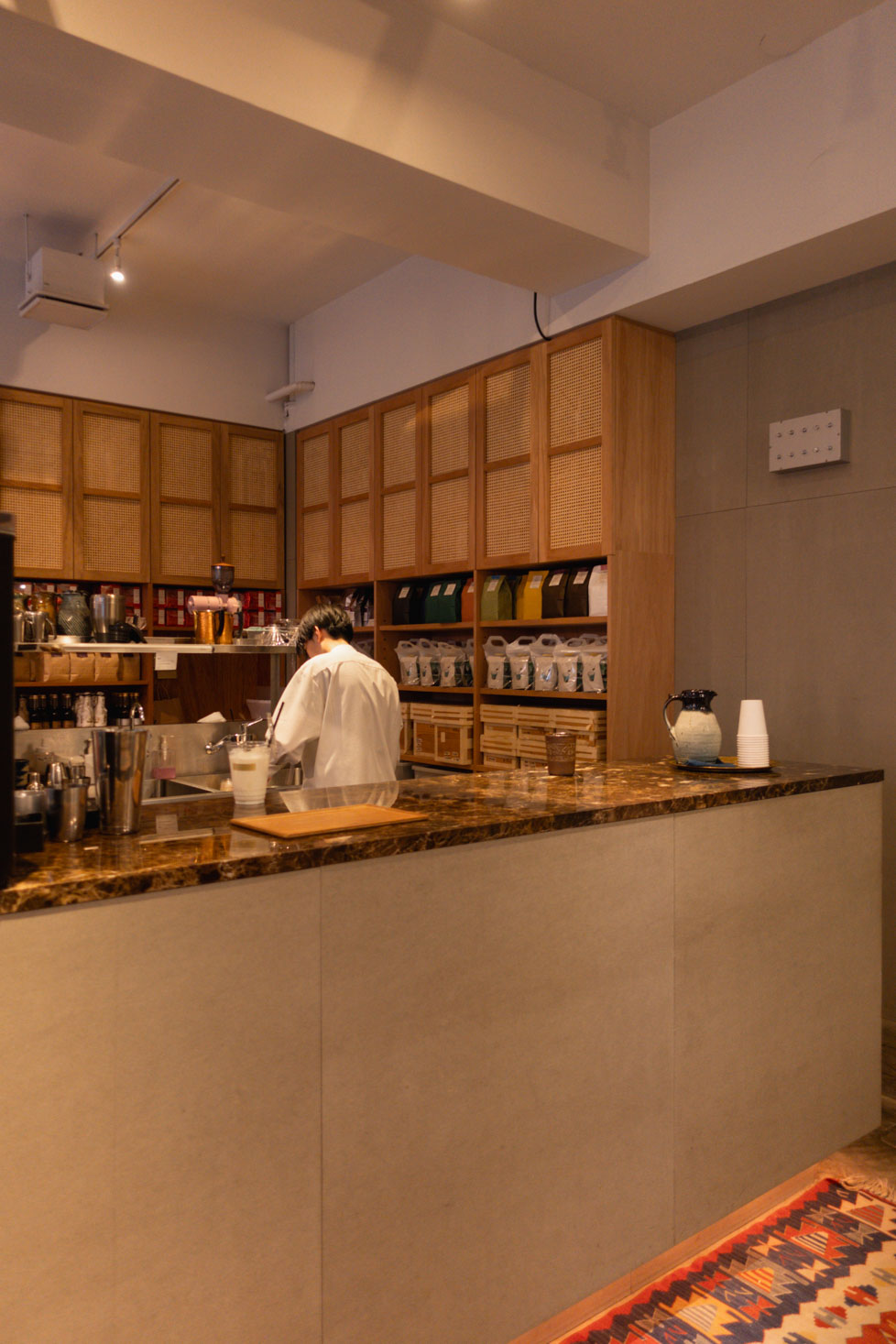
Mitaki-dera Temple
Mitaki-dera Temple is an 8th century Buddhist temple nestled in the lush mountains of Hiroshima. The temple complex features several buildings, statues, and three tranquil waterfalls which add to its picturesque setting.
Mitaki-dera is a popular destination for cherry blossom viewing in the spring, and fall foliage in the fall.
The hike up to the temple is a bit steep, but once you set your eyes on its natural beauty you’ll find the journey was worth it.
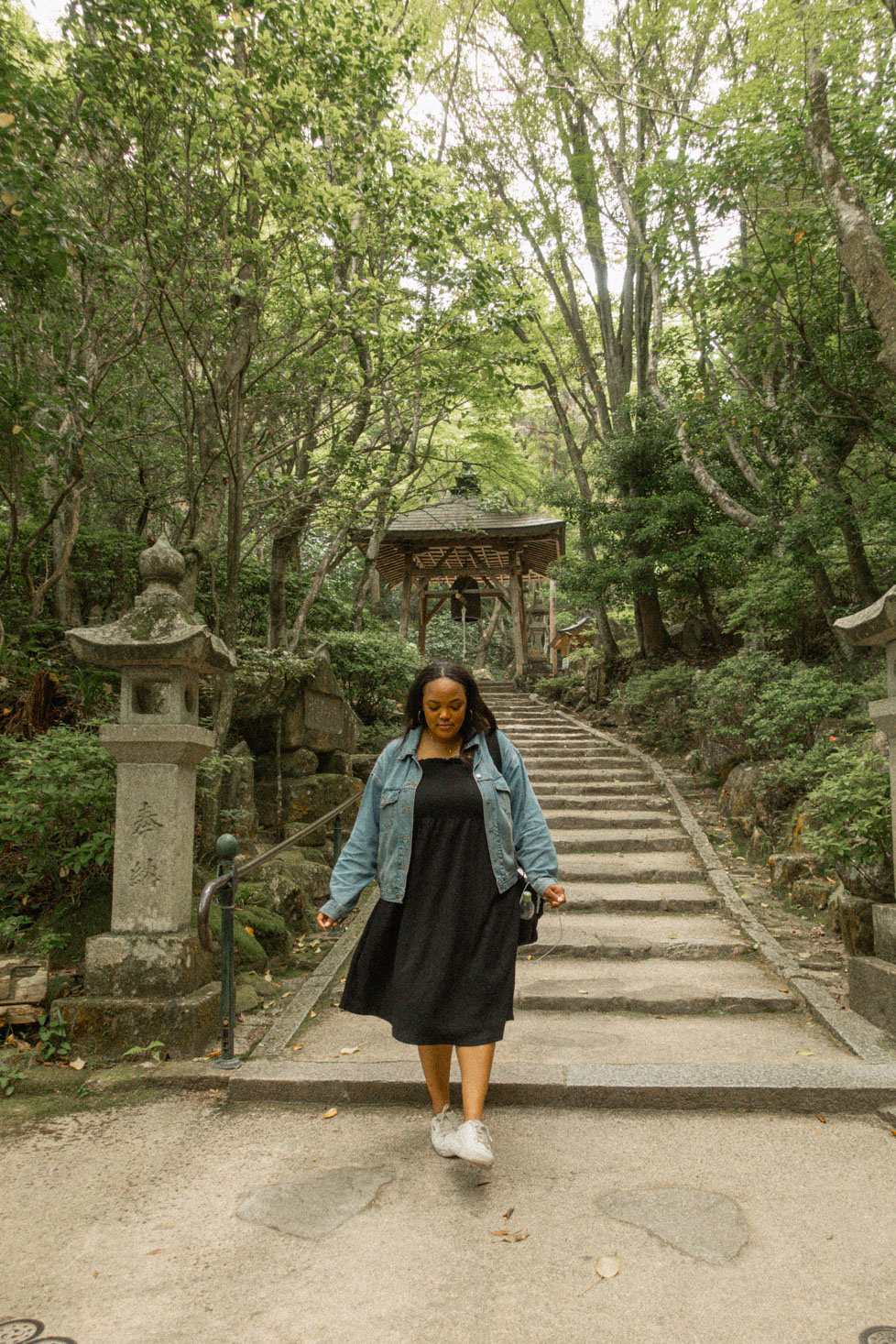
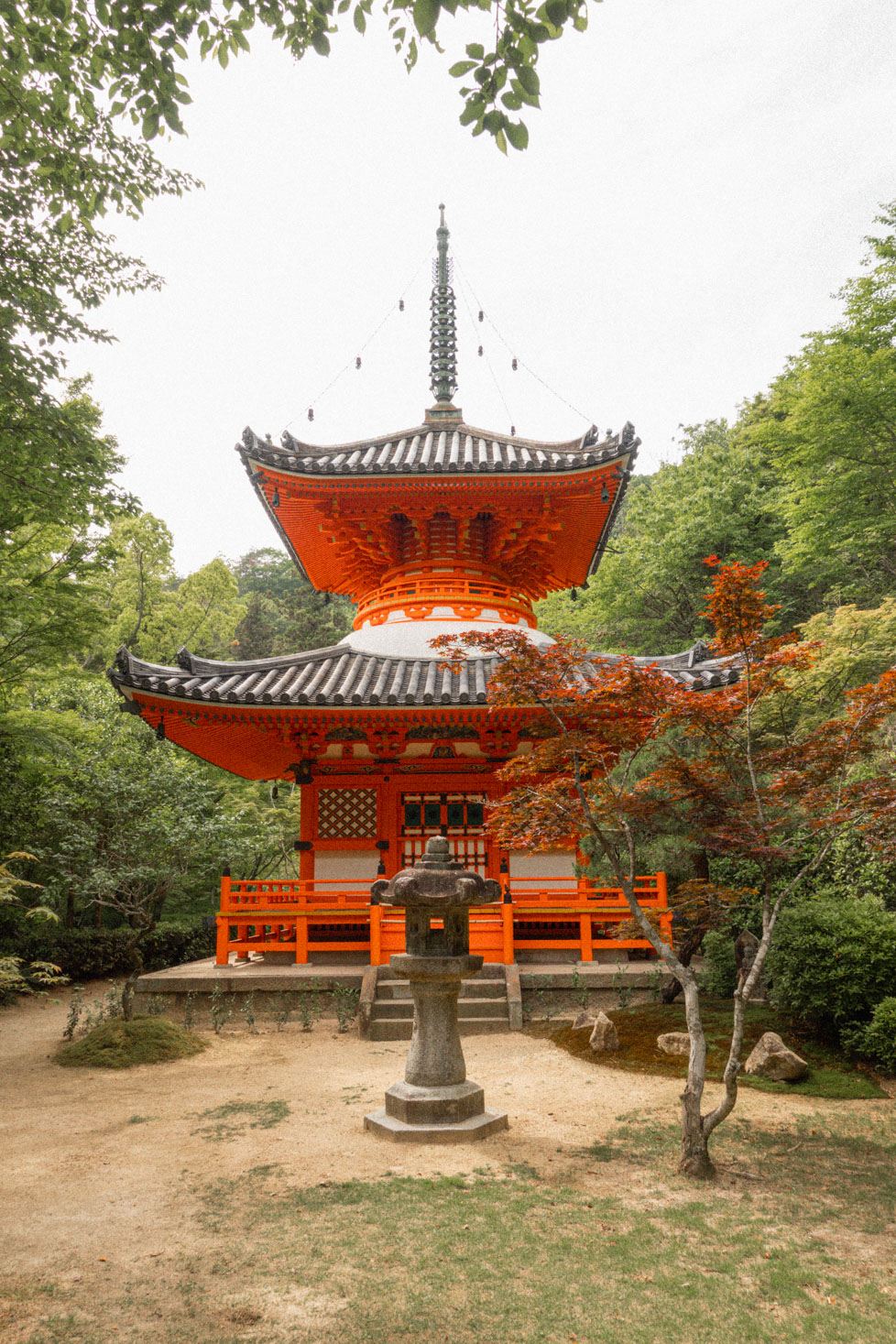
Hiroshima Castle
Built in the late 16th century, Hiroshima castle is a popular tourist attraction in Hiroshima. Like many historical sites in the city, the original castle was destroyed during World War II.
The current structure is a reconstruction built in the 1950s and showcases the history of Hiroshima and houses artifacts from the Edo period. From the top of the castle, you can enjoy panoramic views of Hiroshima and the castle grounds.
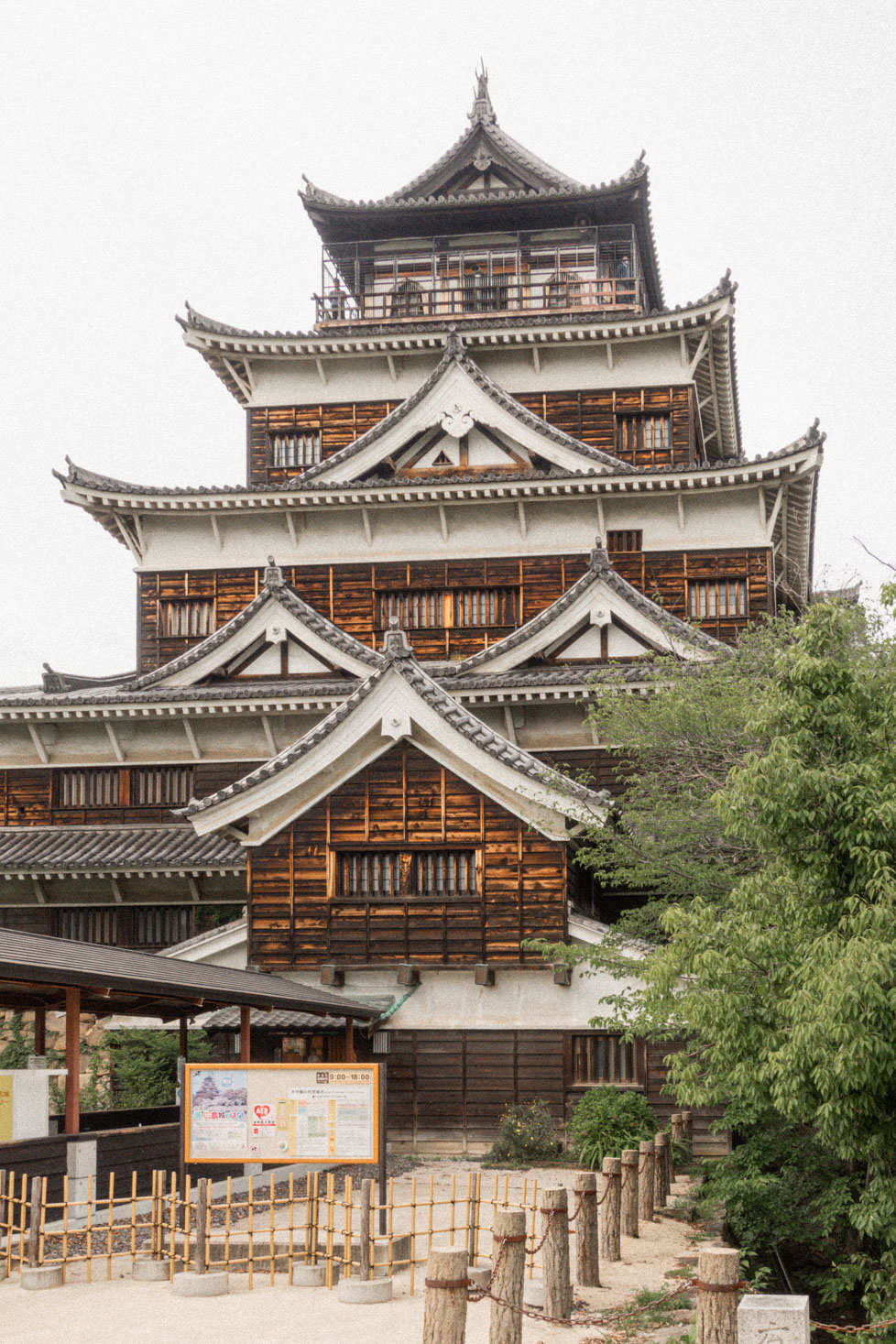
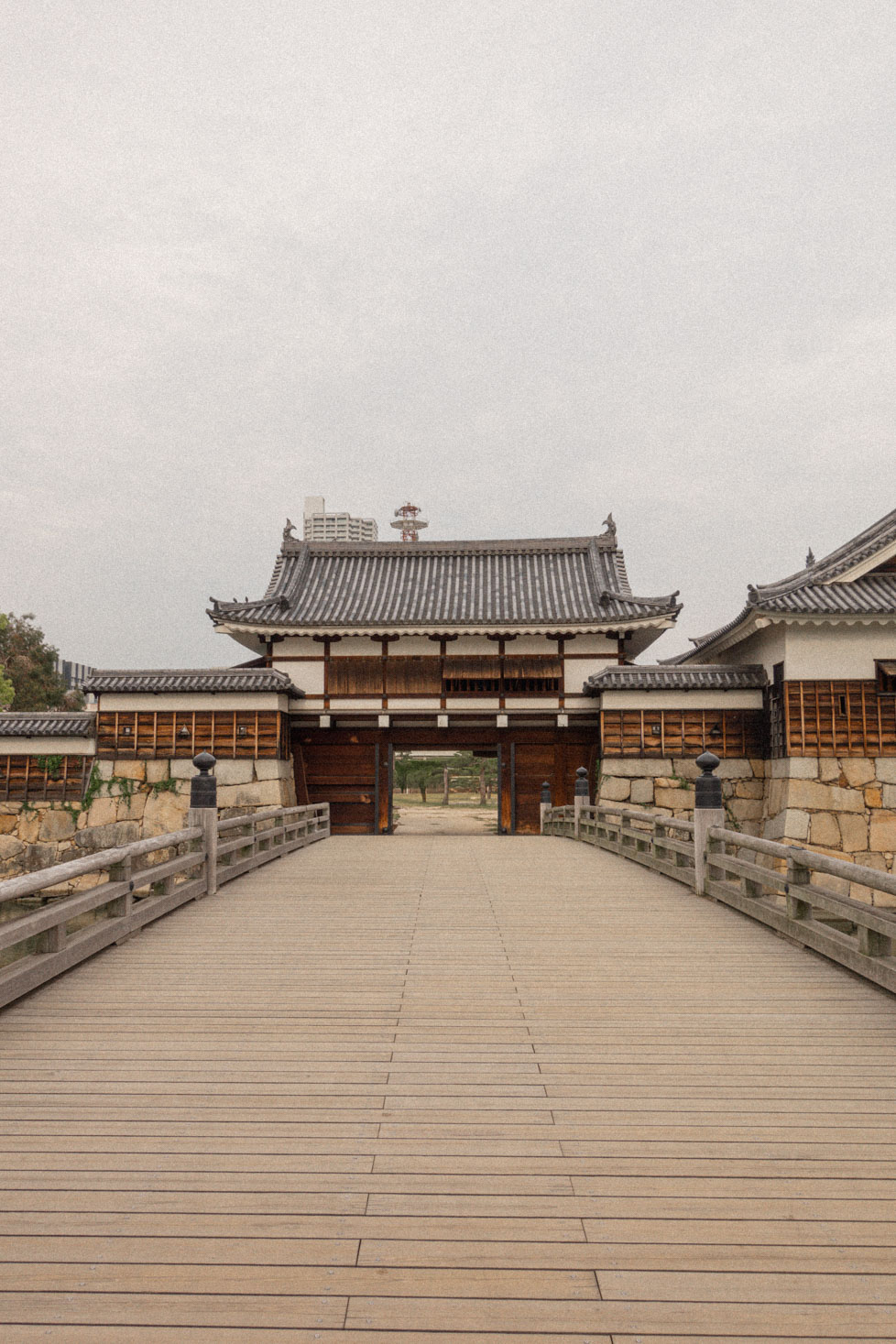
If you have time, check out the nearby Gokoku Shrine, another structure damaged in the war and rebuilt in 1965. The temple has stalls where you can pick up Omamori, Japanese amulets for good luck and to ward off evil, and a spot to get goshuin, Japanese temple and shrine stamps.
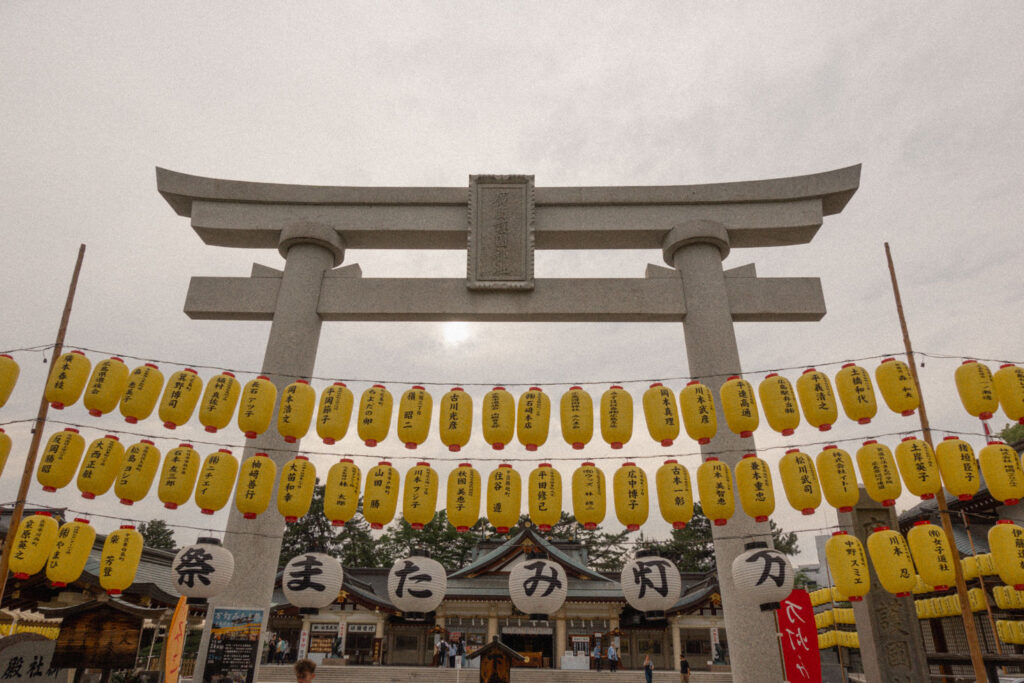
Peace Memorial Park
After visiting the castle, head to Peace Memorial Park which features some of Hiroshima’s most iconic sites.
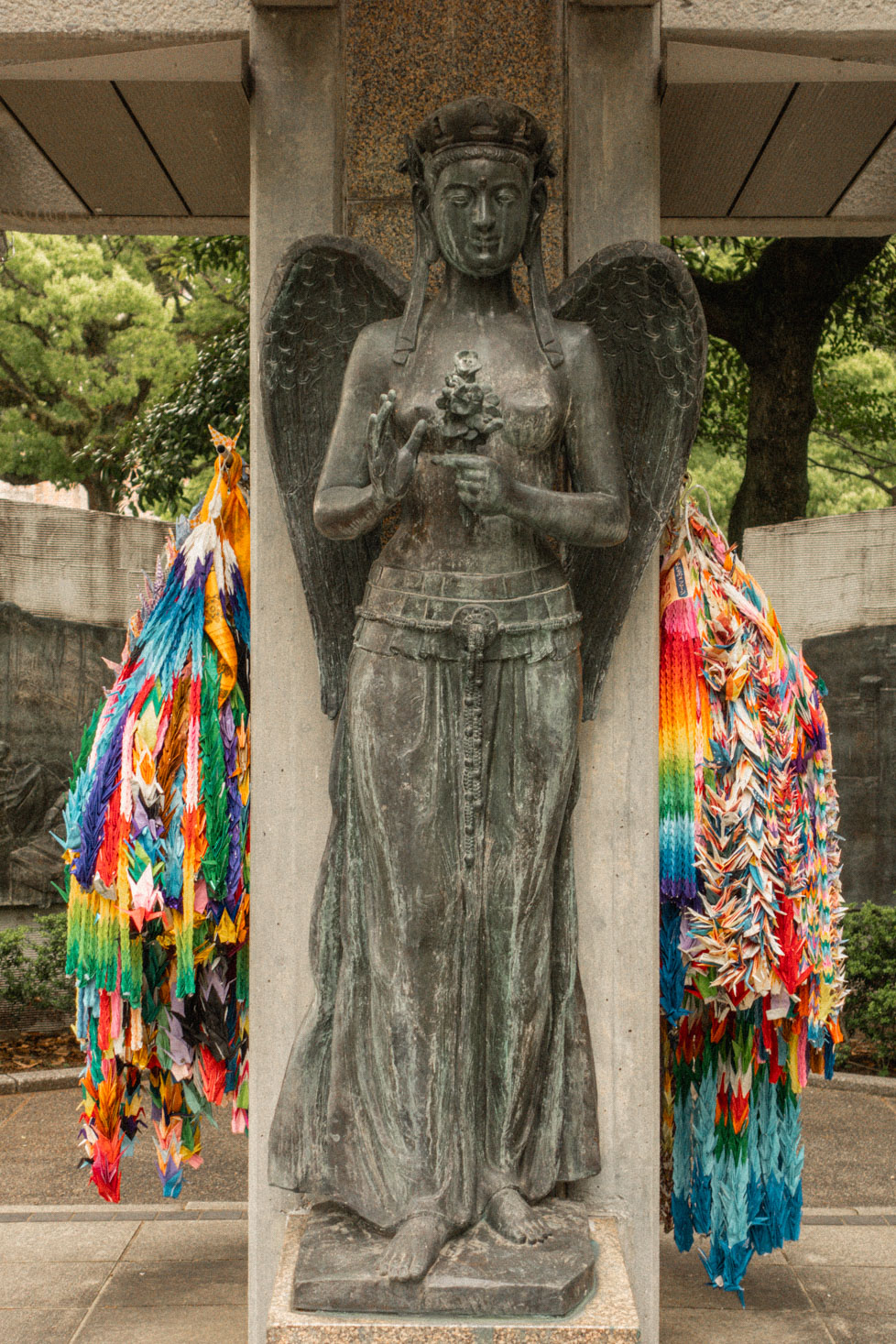
Atomic Bomb Dome
The Atomic Bomb Dome is easily one of the most recognizable buildings in Hiroshima. Also known as the Hiroshima Peace Memorial, this UNESCO World Heritage Site is one of a few structures that survived the atomic bombing in 1945.
It stands today as a poignant reminder of the wreckage and devastation caused by the war and as a symbol of peace.
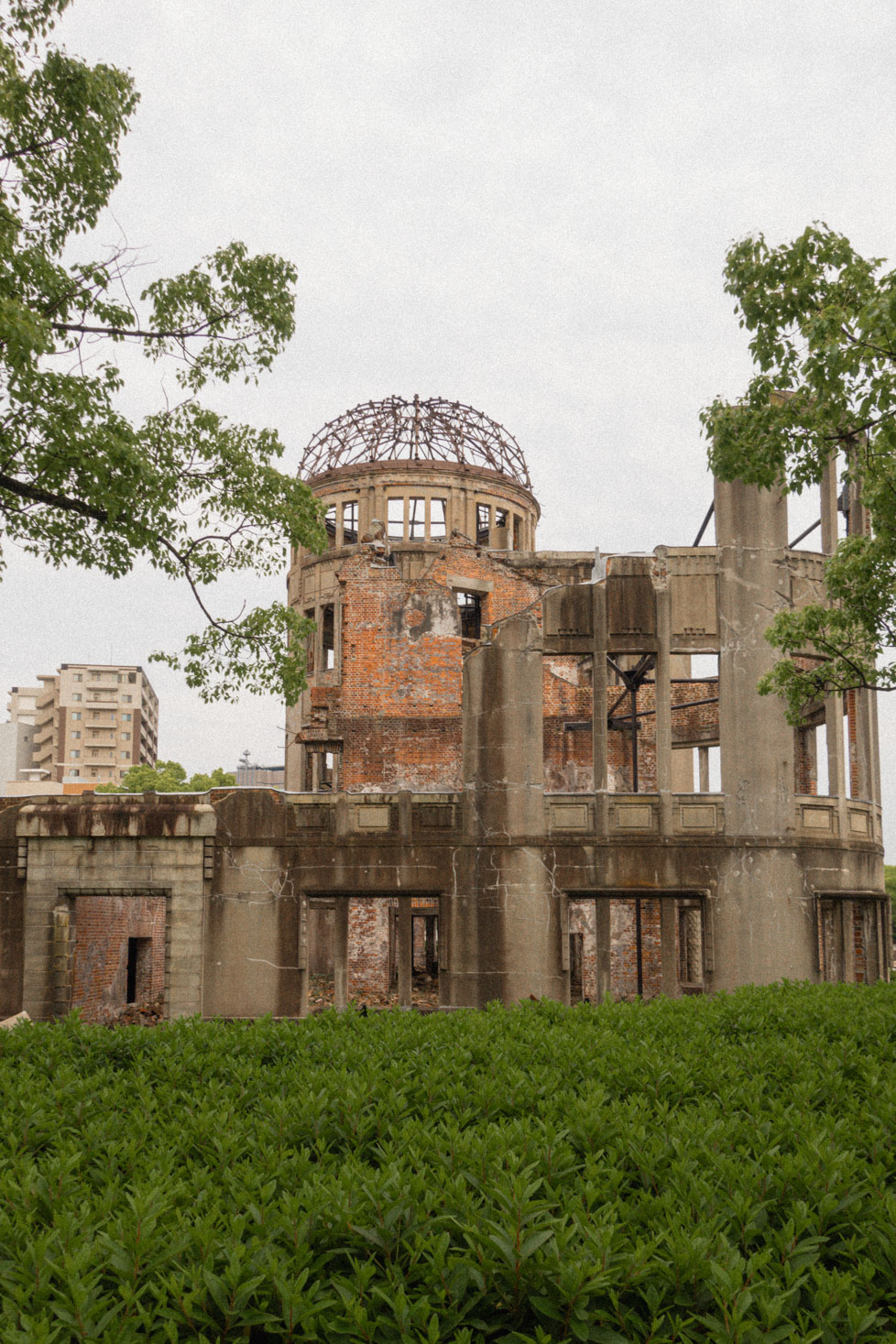
Children’s Peace Monument
Located a short distance from the Atomic Bomb Dome, is the Children’s Peace Monument. It was erected to honor the memory of the young victims of the bombing and Sadako Sasaki, a girl who developed leukemia due to radiation exposure.
There’s a statue of her holding a golden crane at the monument as well as tons of origami cranes symbolizing hope and peace.
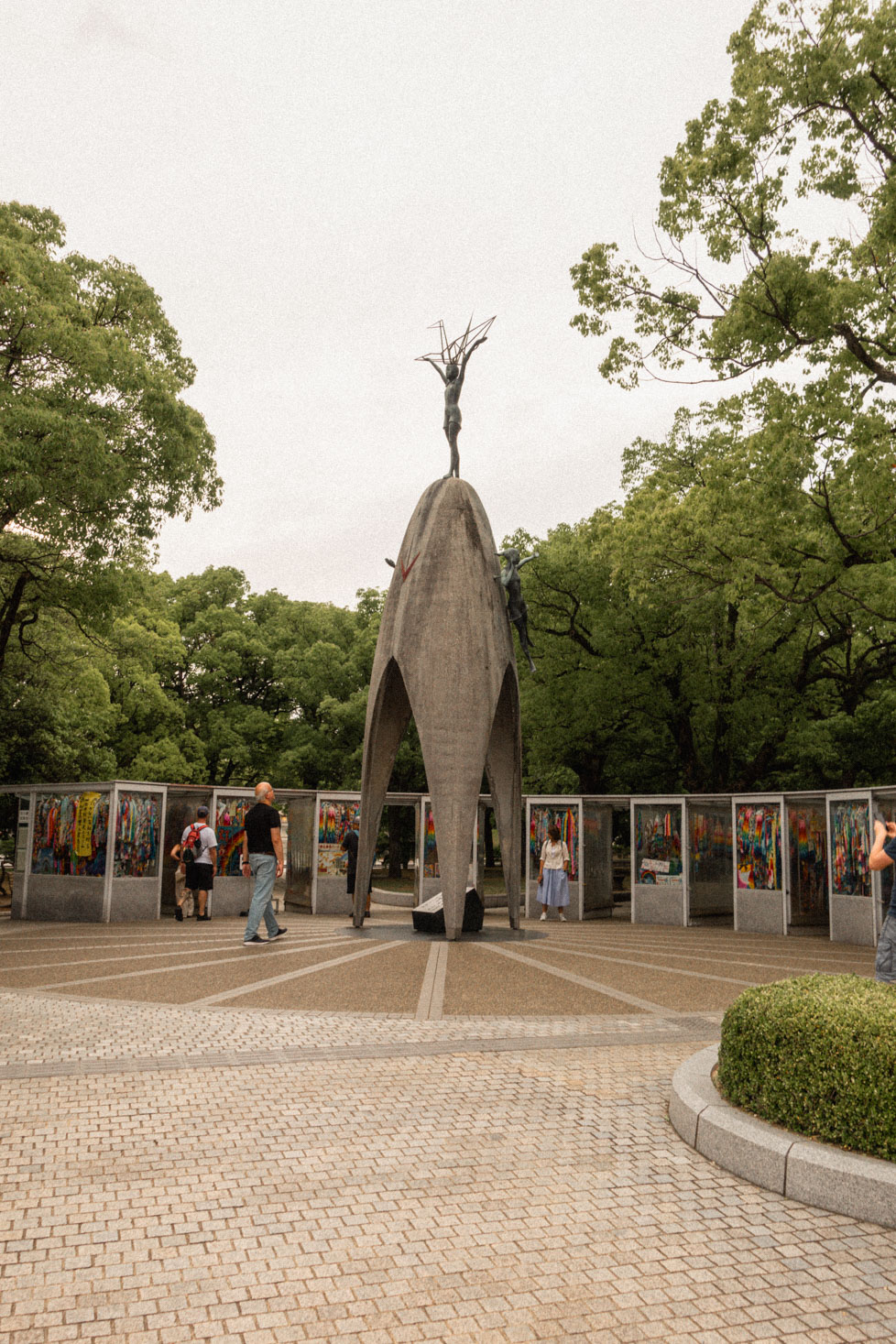
Flame of Peace
Also within Peace Memorial Park is the Flame of Peace. First lit on August 1, 1964, this eternal flame is intended to burn continuously until the last nuclear weapon is dismantled.
Take a few moments to reflect on the past as you look at the Atomic Bomb Dome in the distance, and to hope for a peaceful future as you gaze upon the flame.
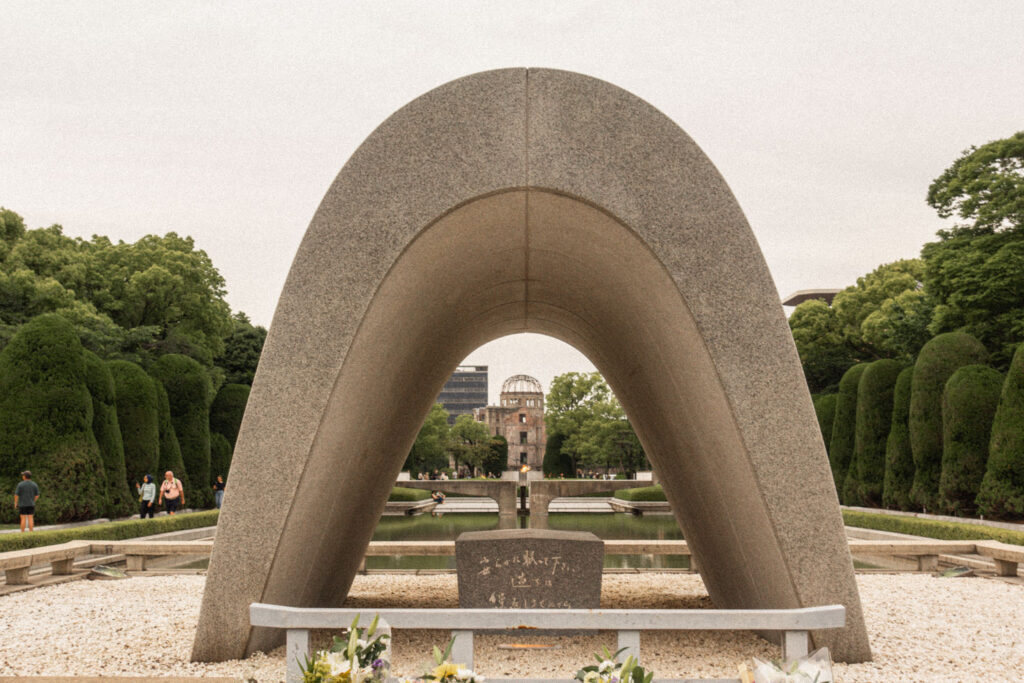
Hondori Shopping Street
After taking in the monuments and memorials, head to Hondori Shopping Street.
This vibrant, pedestrian-friendly area has a variety of shops and eateries and is a must-visit while in Hiroshima.
Pop into a restaurant for some Hiroshima-style okonomiyaki or a big bowl of ramen, and then hit the shops which range from trendy boutiques selling the latest fashions to souvenir shops with local and traditional products.
Day 2 – Miyajima
Kick off day 2 in Hiroshima with a journey to nearby Miyajima.
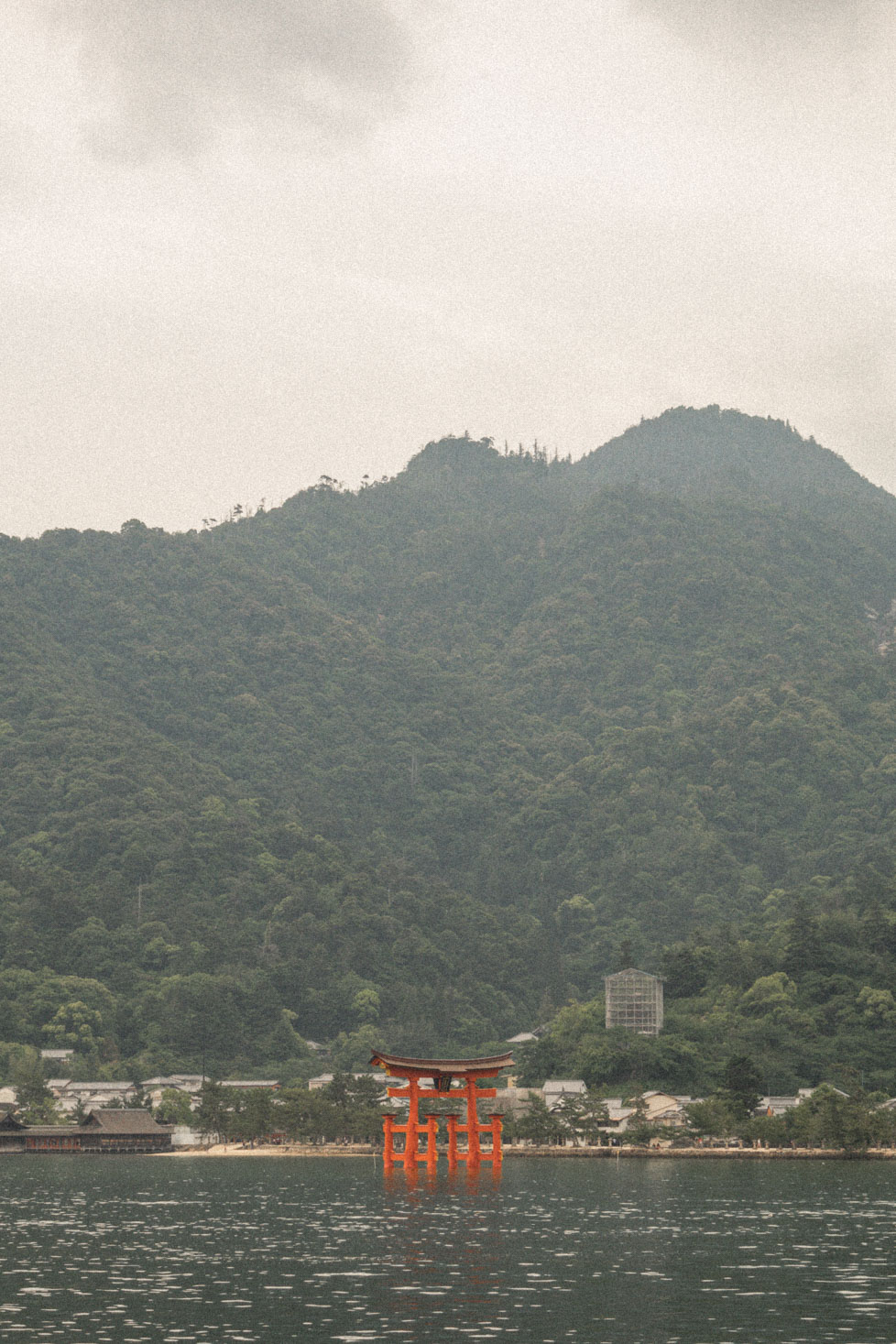
Miyajima Itsuki Coffee
First things first, hop off the ferry and head to Miyajima Itsuki Coffee to fuel up.
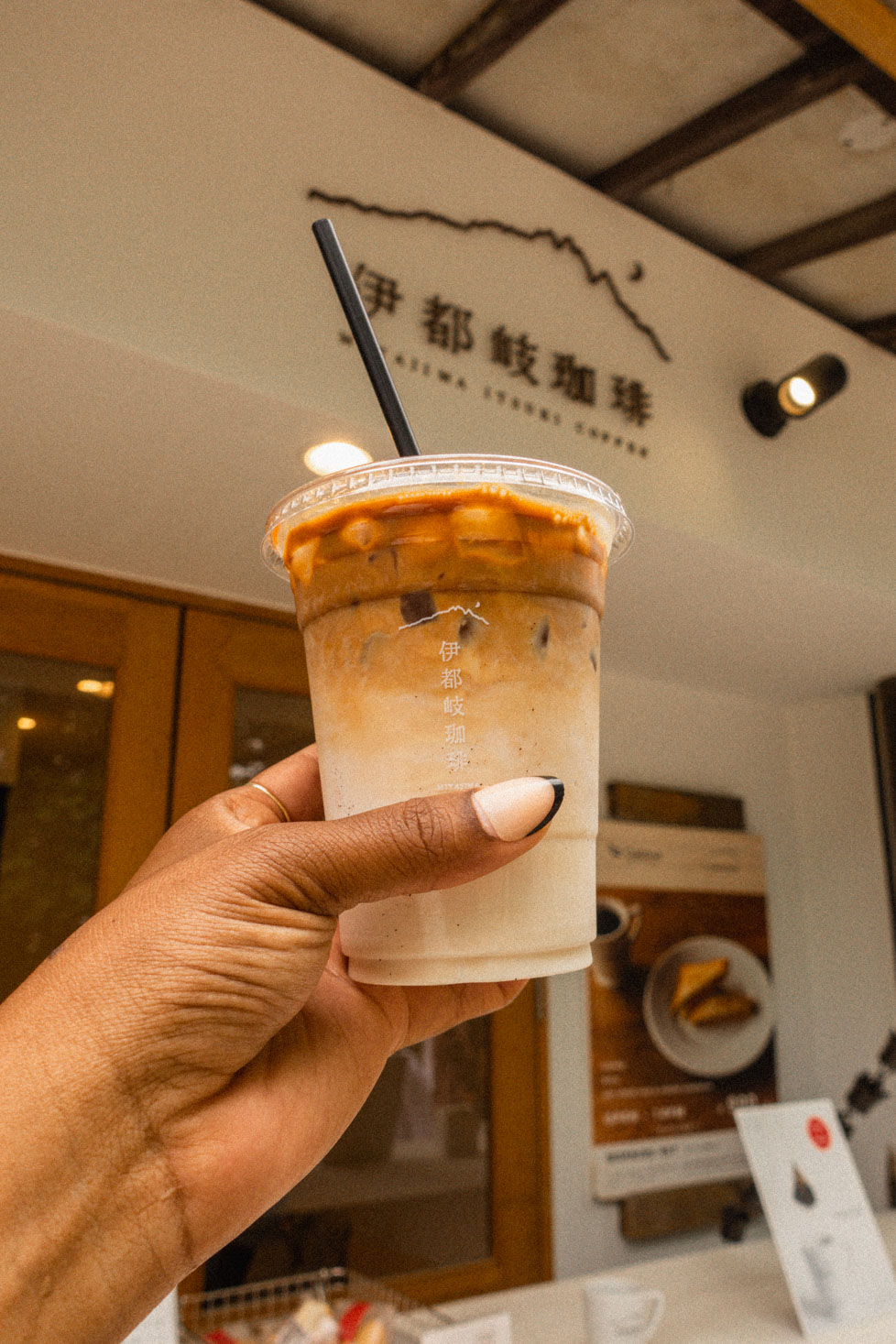
Miyajima Ropeway
After getting off the ferry from Hiroshima, head to the Miyajima Ropeway for some stunning views of the island. You can choose to walk up to the ropeway station or there is a shuttle bus that will take you 95% of the way.
Once at the station, you’ll go inside to board a gondola.The views as you ascend the mountain are absolutely beautiful.
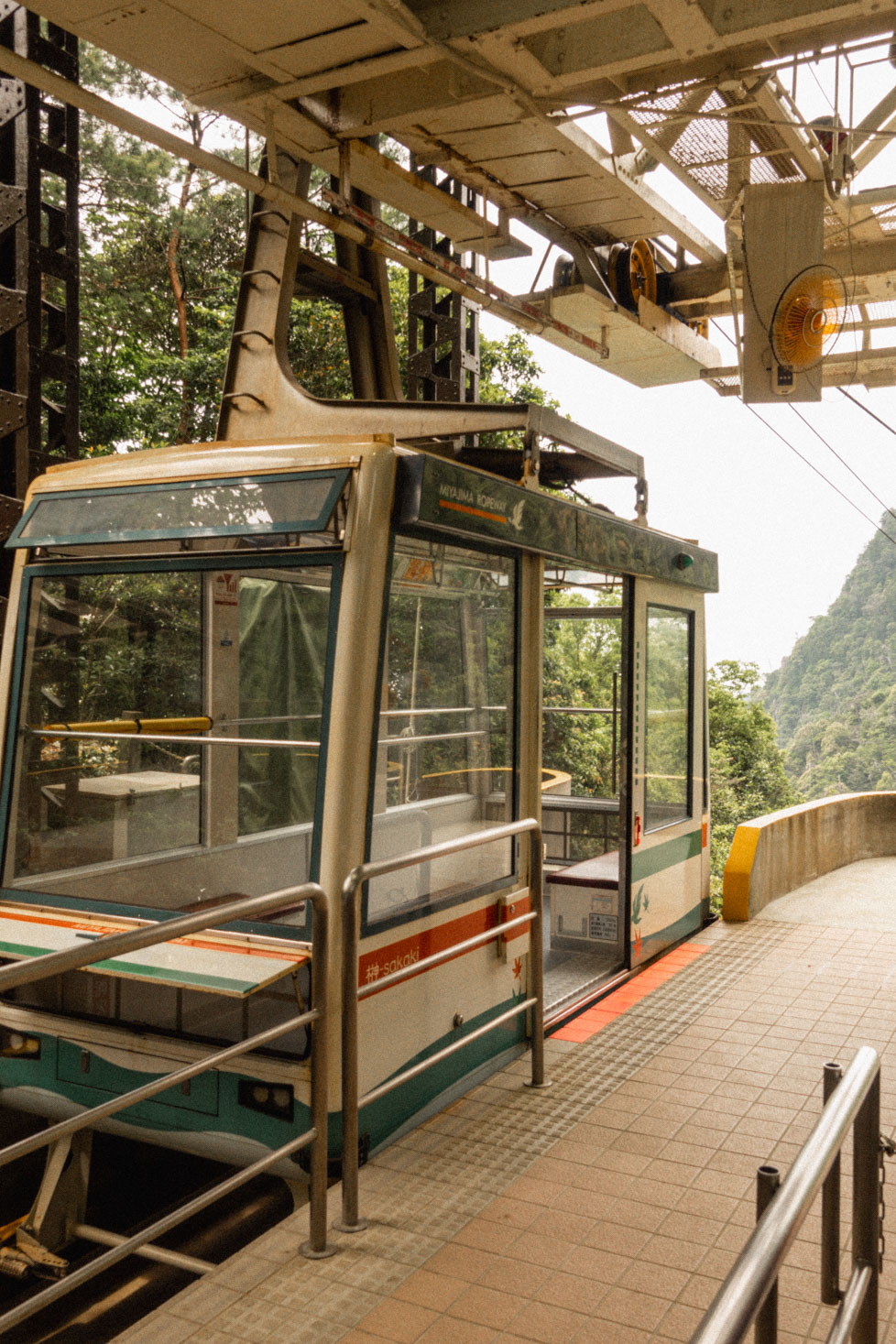
Mount Misen Observatory
Once you exit the Miyajima Ropeway, it’s about a 30-minute moderate hike to the summit where you’ll find Mount Misen Observatory. The trail is easy to follow and well marked. There’s also spiritual sites to stop by and take a break if need be.
From the observatory, you’ll have panoramic views of the Seto Inland Sea and the surrounding islands. I think it’s definitely worth the trek to see the views.
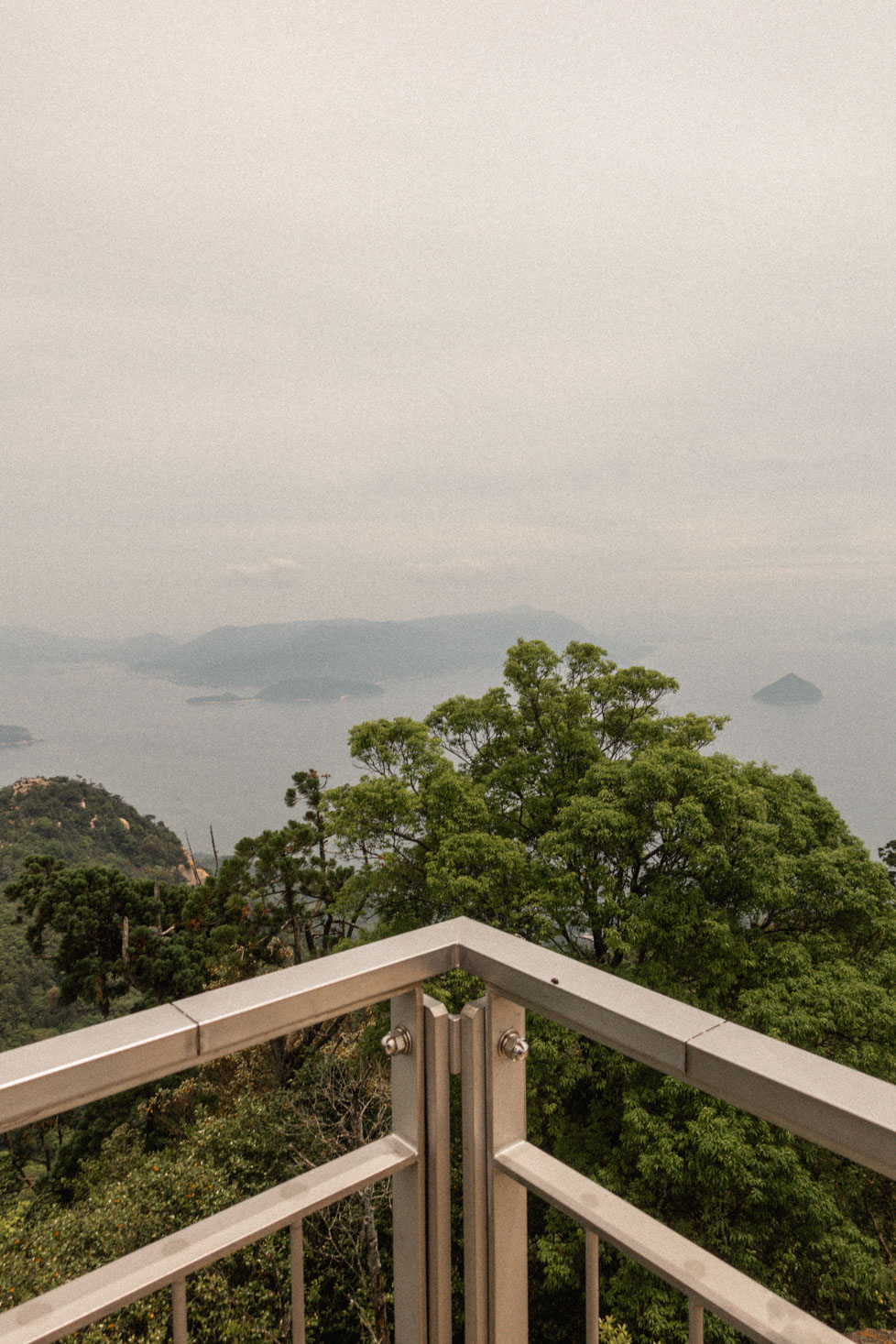
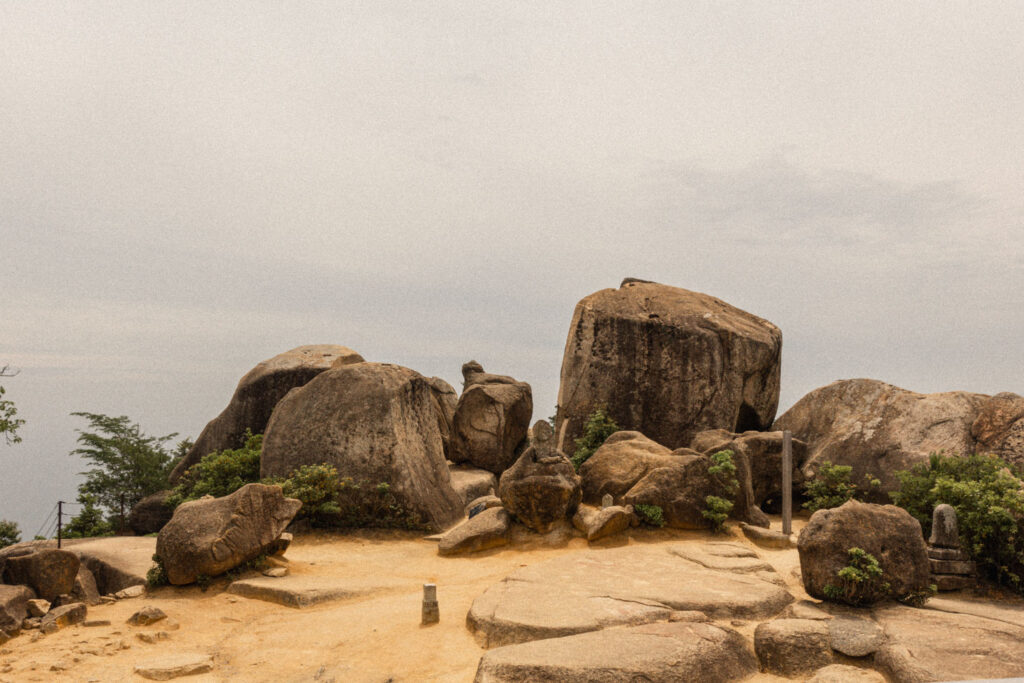
Daisho-in Temple
Once you’re finished at Mount Misen, it’s time to head over to Daisho-in.
Founded in 806 by the monk Kukai, Daisho-in Temple is a beautiful Buddhist temple surrounded by lush forests. The temple is home to hundreds of Buddha statues with unique facial expressions, some of which are adorned with knit hats and bibs.
Spend some time here visiting the different halls and exploring the grounds.
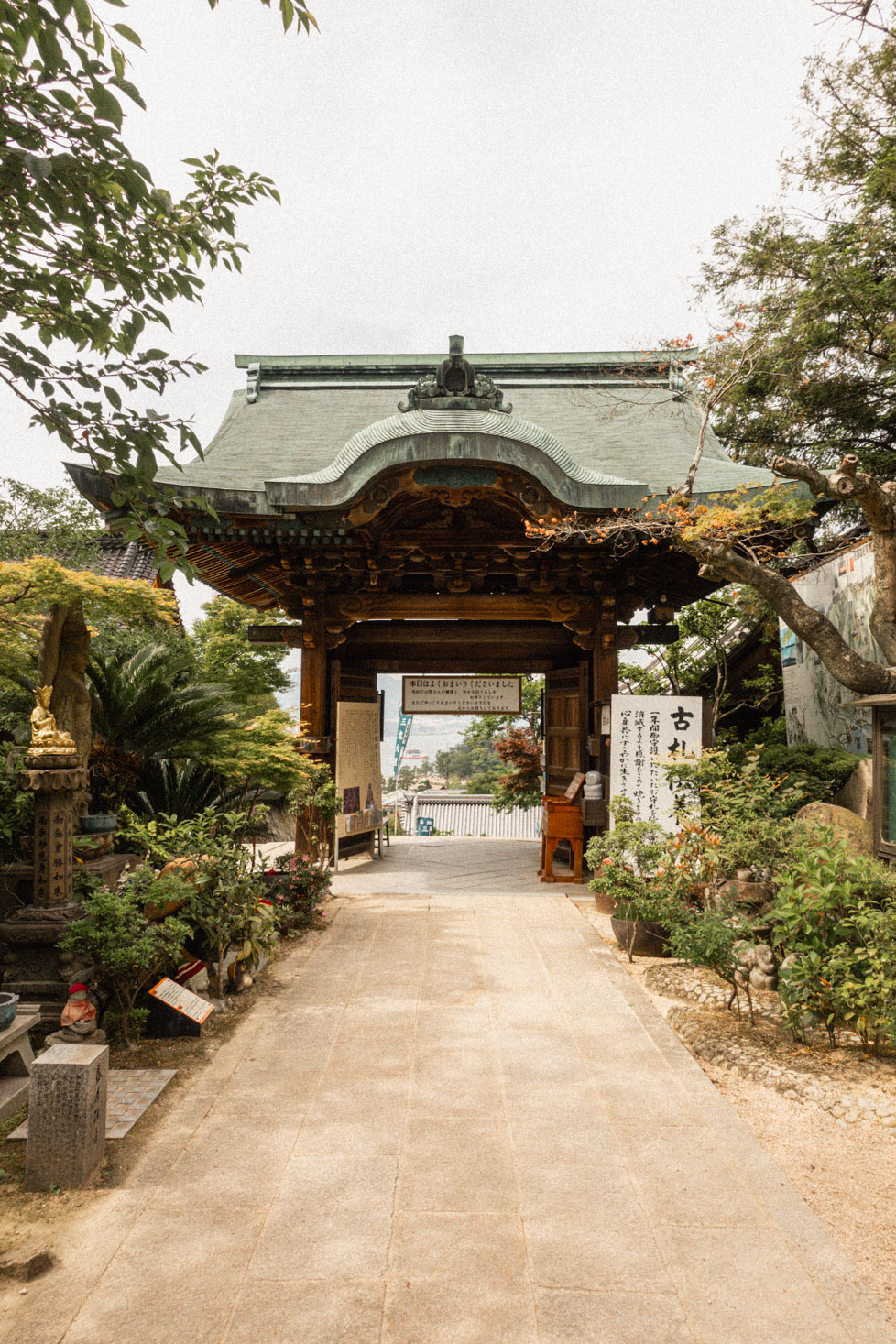
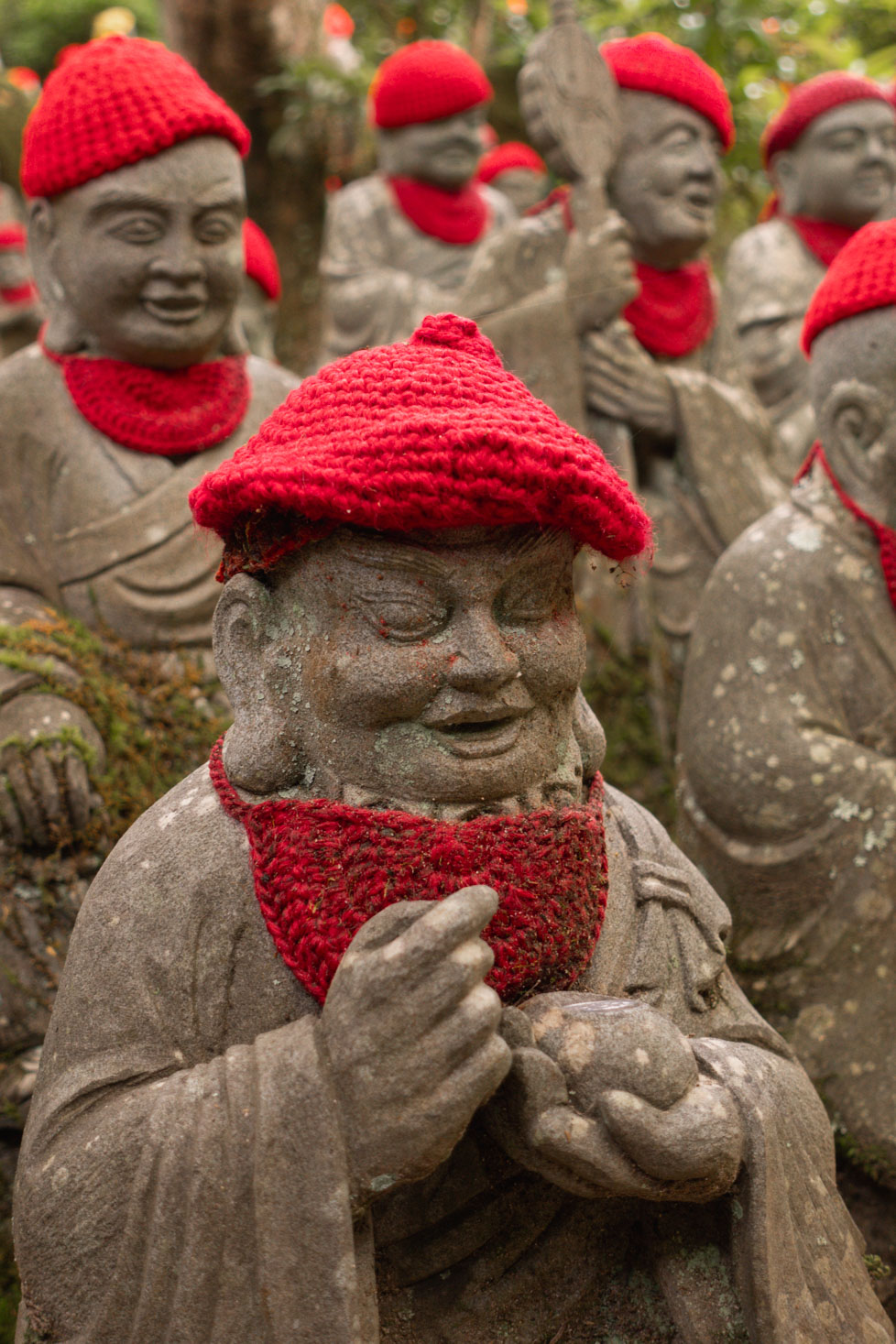
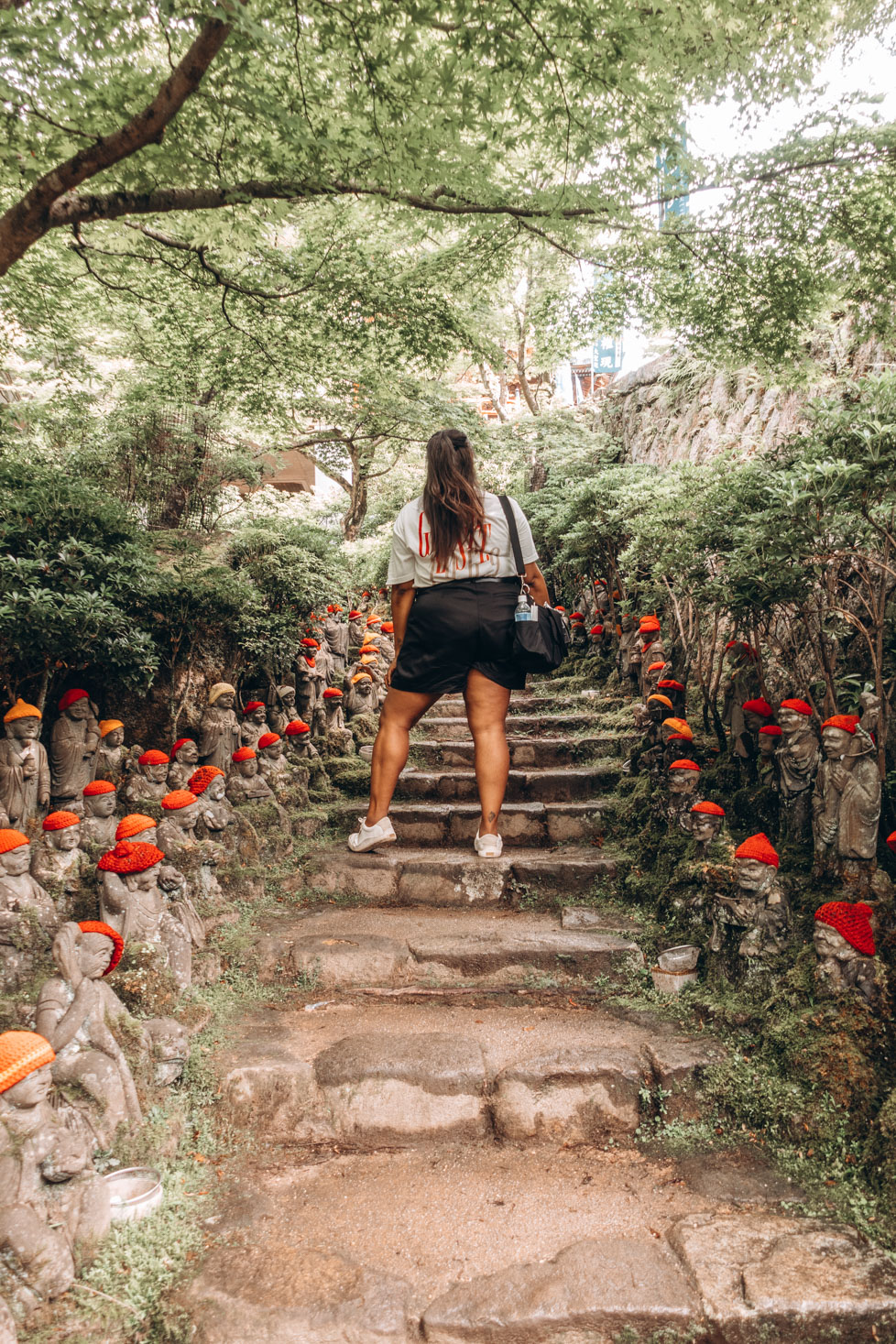
Miyajima Omotesando
Moving on from the temple, walk down Miyajima’s omotesando (shopping street). In this area you’ll find shops selling Miyajima souvenirs including the popular momiji treats.
Miyajima Hanayashiki
Miyajima is known for its oysters. As you walk around you’ll see them served up all sorts of ways, Raw, fried, and my personal favorite preparation grilled. We spotted Miyajima Hanayashiki while walking around, so I decided to order a couple of oysters. I got them with the soy sauce butter and let me tell you, they were absolutely delicious!
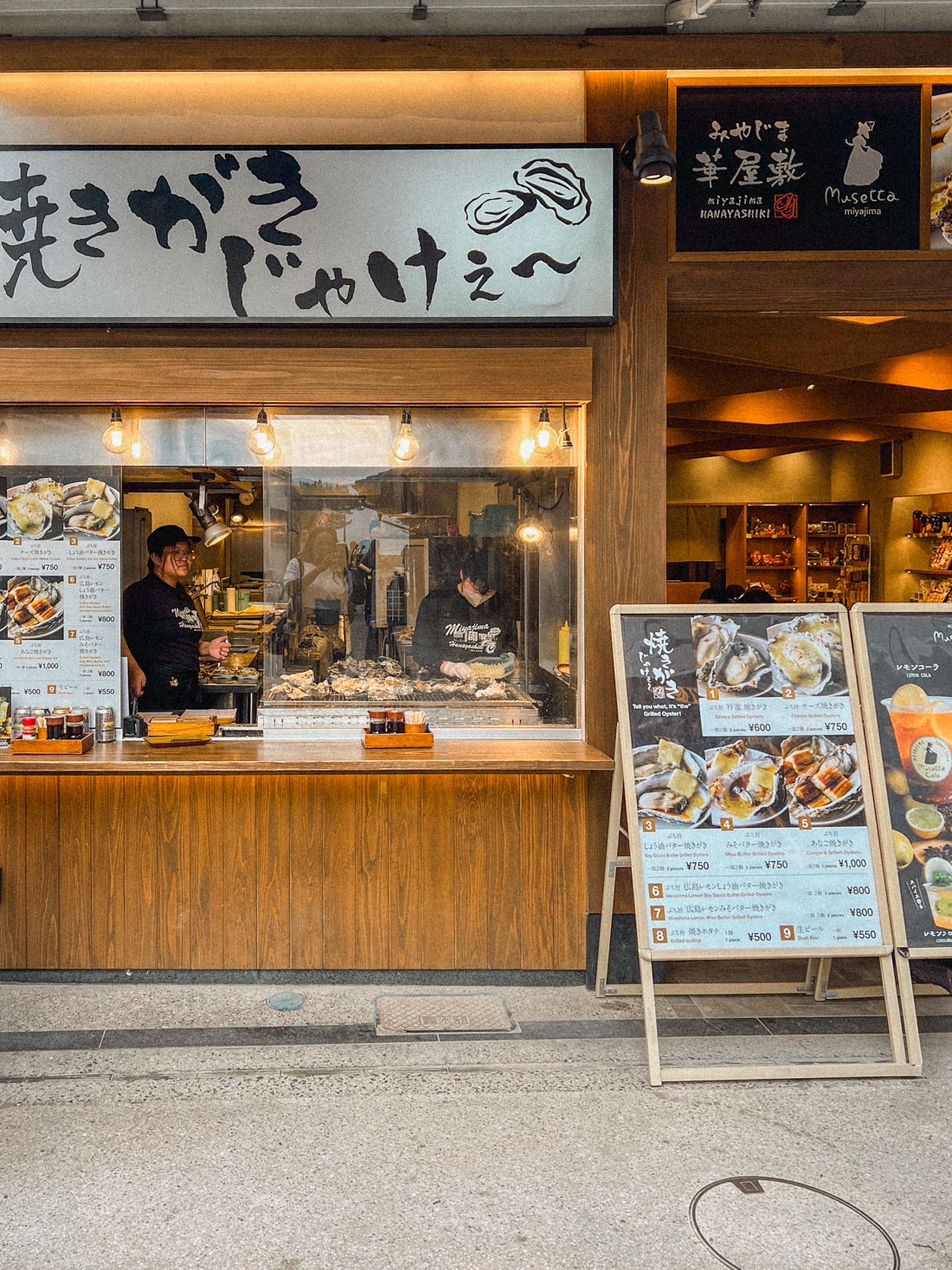
They were so good I wanted to order more, but It took awhile to get my first order and I didn’t want to take up more of our time so we ended up leaving.
Miyajima Coffee
Another coffee stop? Yes! Well kind of. Miyajima Coffee serves coffee and soft serve ice cream. So, you can get a delicious affogato which is more of a sweet treat than caffeine fix.
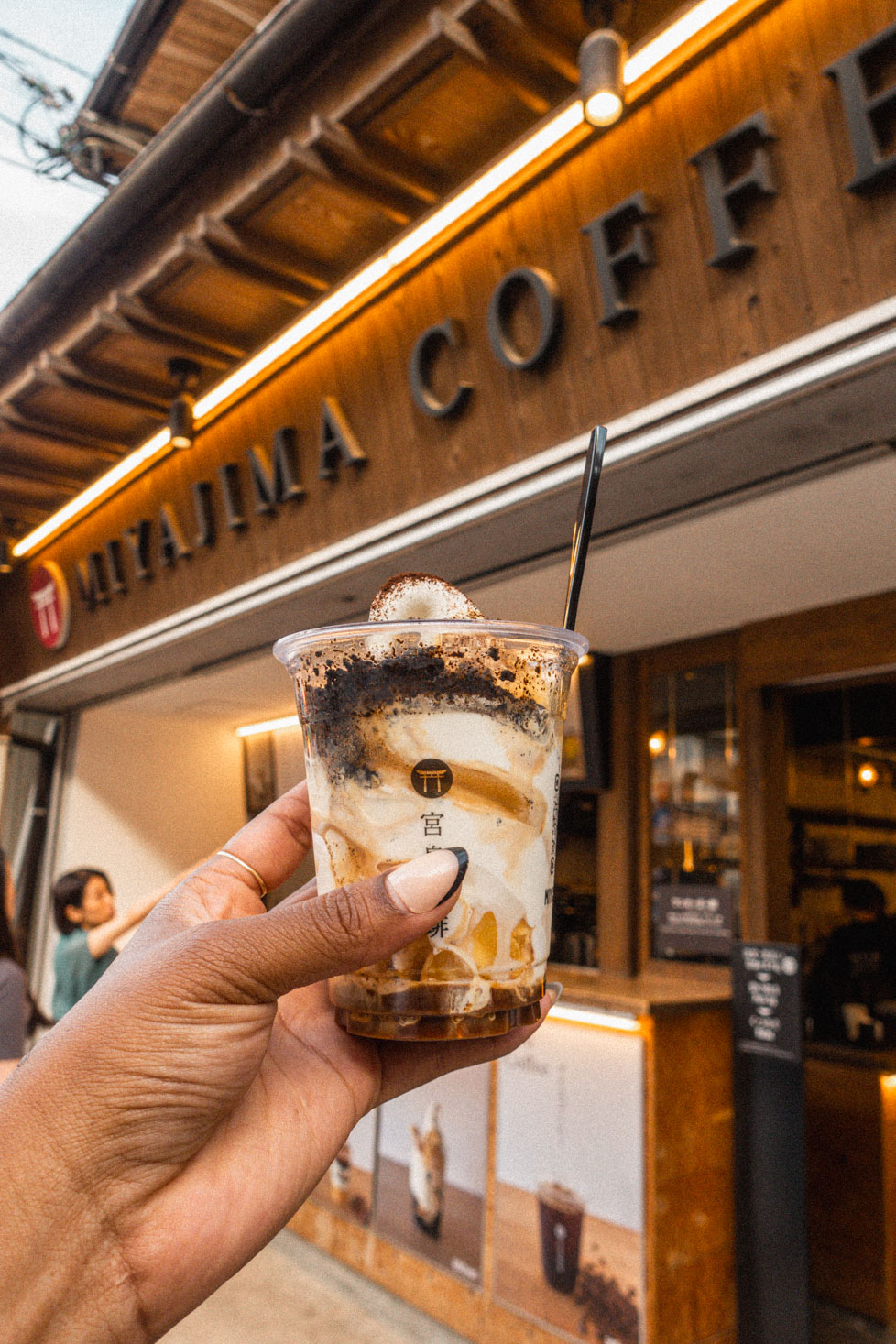
Floating Torii Gate
Probably the number one reason people visit Miyajima is to visit the famous Floating Torii Gate. If you go by Itsukushima Shrine, they have the high and low tide times posted. At high tide, the Torii Gate will be “floating” in the sea whereas during low tide, you’ll be able to see the base of the gate.
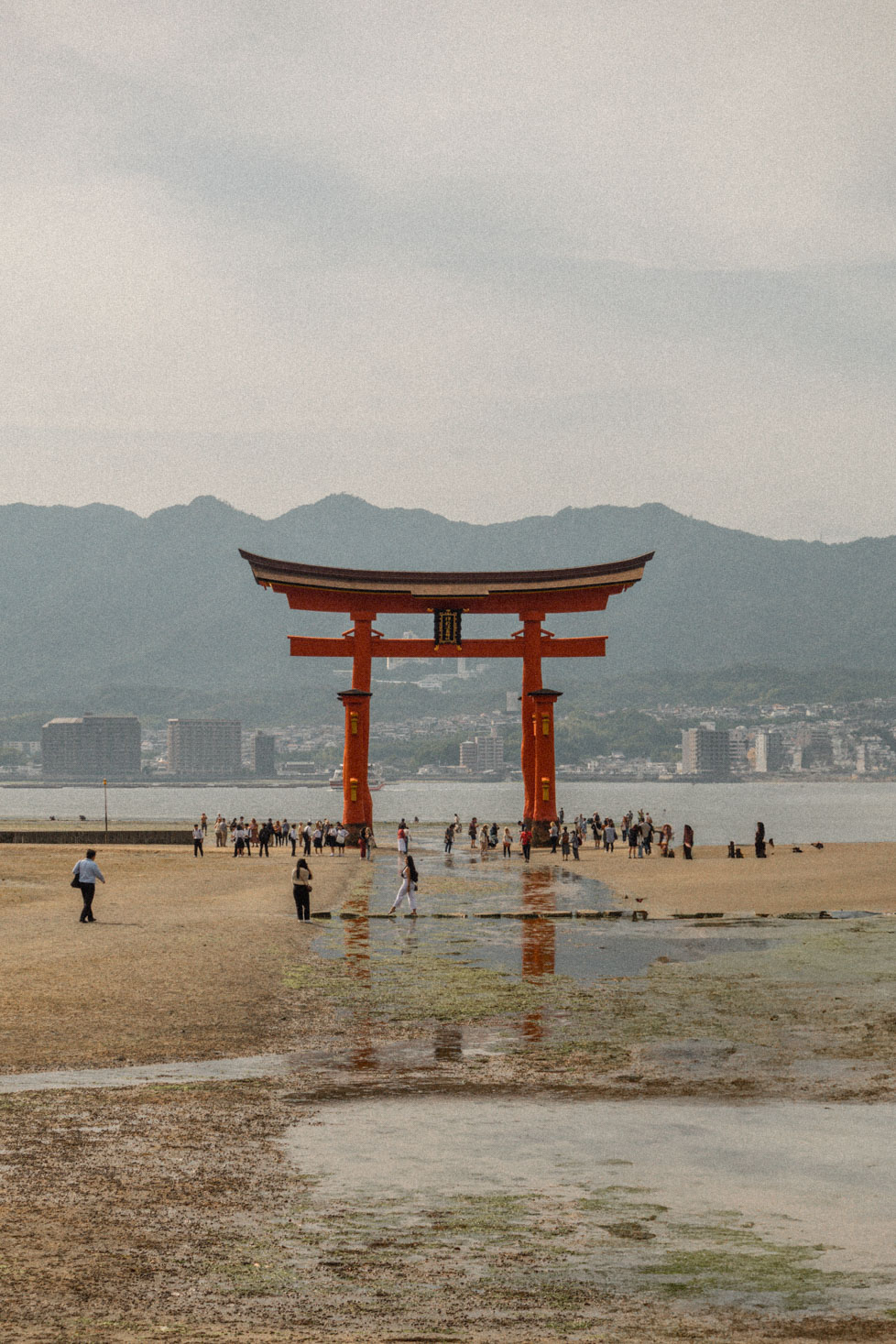
Once low tide happens you’re also able to walk out and stand directly next to the gate.
Just note you don’t have to pay to enter Itsukushima Shrine in order to reach the Torii Gate. The entrances to get down to the gate are actually outside the shrine.
Wrapping Up Day 2
If you have time before your ferry back, find somewhere to grab dinner on the island or wait to eat dinner in the city. We went to a soba place in Hiroshima called Shirakawa but the food wasn’t great, so I wouldn’t really recommend it.
If you haven’t already by this point tried okonomiyaki, this would be another good dinner option. The place I wanted to try was closed for the day so I unfortunately missed out, but you don’t have to!
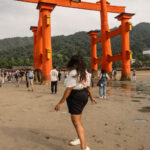
Where to Stay in Hiroshima
The best area to stay for first-time visitors is the city center (Naka Ward) due to its proximity to attractions and transportation.
I stayed at Nest Hotel Hiroshima Hatchobori which was the perfect base to explore Hiroshima and Miyajima. The streetcar line is directly in front of the hotel, and it’s only a short ride away from Hiroshima Station.
How to Get to Hiroshima
By Air
Hiroshima Airport (HIJ): Is located roughly 32 miles east of Hiroshima. There are direct domestic flights from major cities like Tokyo (HND) and Osaka (ITM).
To get to the city from the airport, there’s an airport shuttle that takes about 45 minutes to reach the city center.
By Train
There are Shinkansen (bullet trains) and local trains that travel to Hiroshima. Shinkansen are the fastest way to get to Hiroshima. From Tokyo the ride takes about 4 hours on the Nozomi train, and about 1.5 hours from Osaka. You can also catch local trains from neighboring cities such as Fukoka and Himeji.
Book Train Tickets
By Bus
If you are on a budget, there are fairly affordable overnight buses from cities like Osaka and Tokyo.
How to Get from Hiroshima to Miyajima
To get from Hiroshima to Miyajima take the JR Sanyo line to Miyajimaguchi Station. Once you arrive at Miyajimaguchi station, make your way to the ferry terminal which is about a 10 minute walk away.
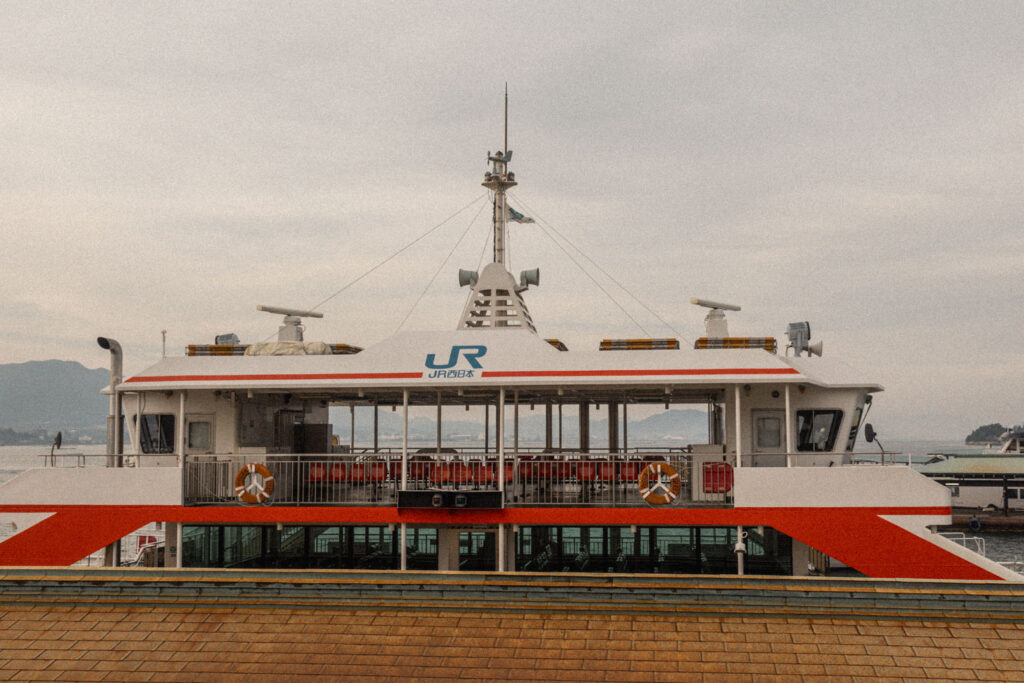
The ferries run frequently, especially in the high season. If you have a JR pass, the JR ferries are covered but you do have to pay the visitor tax which costs 100 yen.
I bought the JR Kansai-Hiroshima Area Pass which covered my trains from Osaka to Hiroshima, Hiroshima to Kobe, Kobe to Kyoto, plus the Miyajima ferry.
Getting Around
How to Get Around Hiroshima
The Hiroshima Electric Railway operates street cars that make it super easy to get around the city. The street cars connect most of Hiroshima’s main attractions. For areas not covered by the street cars, there’s local buses that’ll get you there.
How to Get Around Miyajima
Miyajima is relatively compact which means you can easily explore the island on foot. If you’re interested in visiting Mt. Misen, there’s a scenic ropeway that will take you partway up the mountain.
What to Eat and Drink in Hiroshima and Miyajima
Okonomiyaki
Hiroshima is known for its style of okonomiyaki, a savory Japanese pancake/fritter, featuring a thin layer of batter with heaps of cabbage on top of yakisoba noodles prepared on a large griddle. It’s then topped with things like bonito flakes, squid, and a special okonomiyaki sauce.
Oysters
Oysters are big in the Hiroshima/Miyajima area. In fact, Hiroshima Prefecture accounts for the majority of Japan’s oyster production. You can get them prepared in a variety of ways. I tried them fried and grilled and they were absolutely delicious.
Tsukemen
Tsukemen is a ramen dish where cold noodles are dipped into a separate bowl of hot broth. In Hiroshima, noodles are dipped into a spicy red pepper sauce and served with things like sliced meat, cucumbers and cabbage.
Momiji Manju
Momiji Manju are maple leaf shaped cakes that come with different fillings like sweet red bean paste, matcha, custard, etc. They were created in Miyajima and are one of the most popular souvenirs to bring back from the island.
Hiroshima and Miyajima FAQs
Is 2 days enough for Hiroshima?
In my opinion, two days is a good amount of time to spend in Hiroshima. You can spend one day exploring the main sites, and the other taking a day trip to Miyajima.
Should I stay in Hiroshima or do a day trip?
If you’re less than two hours from Hiroshima and you’re only interested in visiting the main sites of the city you can easily do a day trip to Hiroshima. However, if you’re coming from a farther distance like Osaka, I would recommend staying 2 nights in Hiroshima so you can explore the city and Miyajima.
